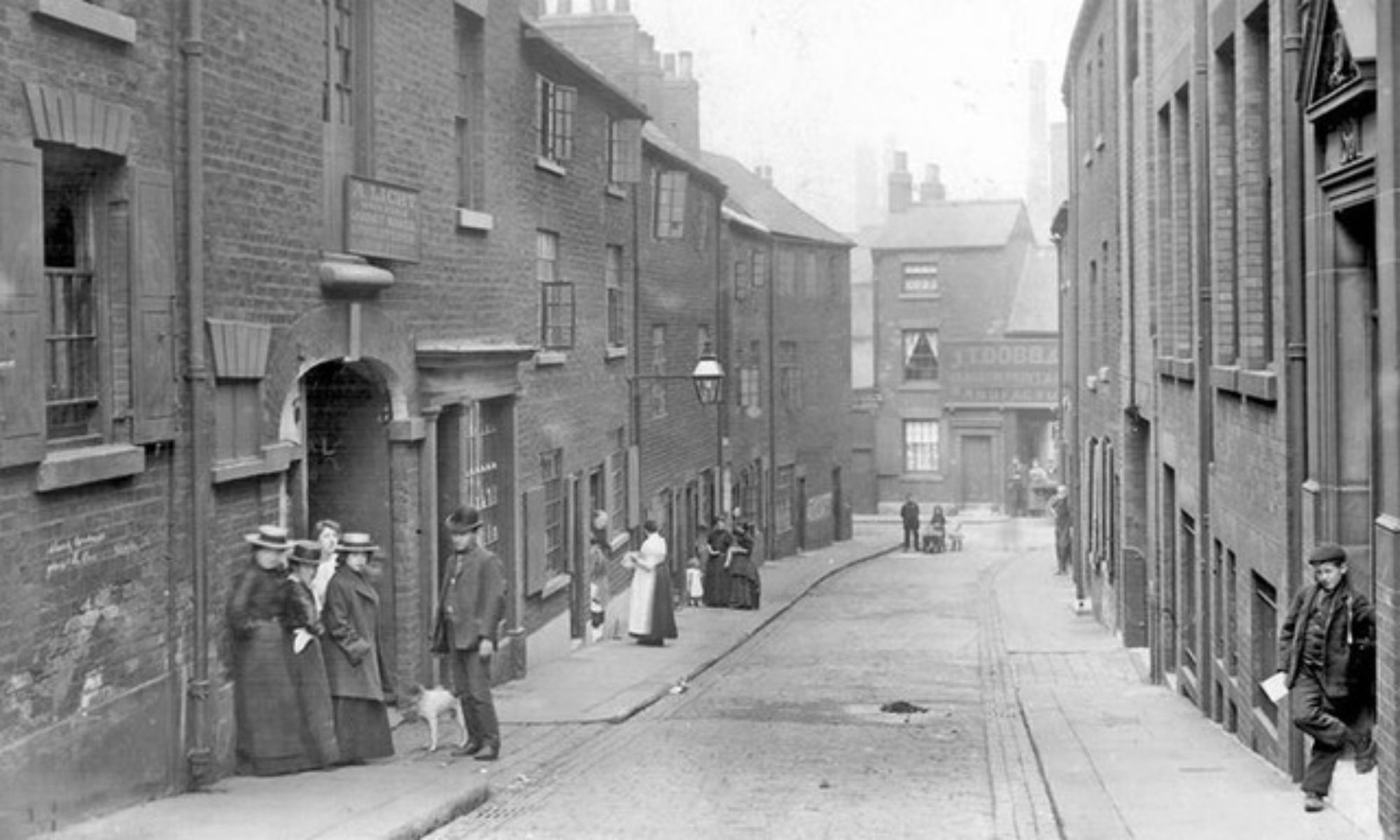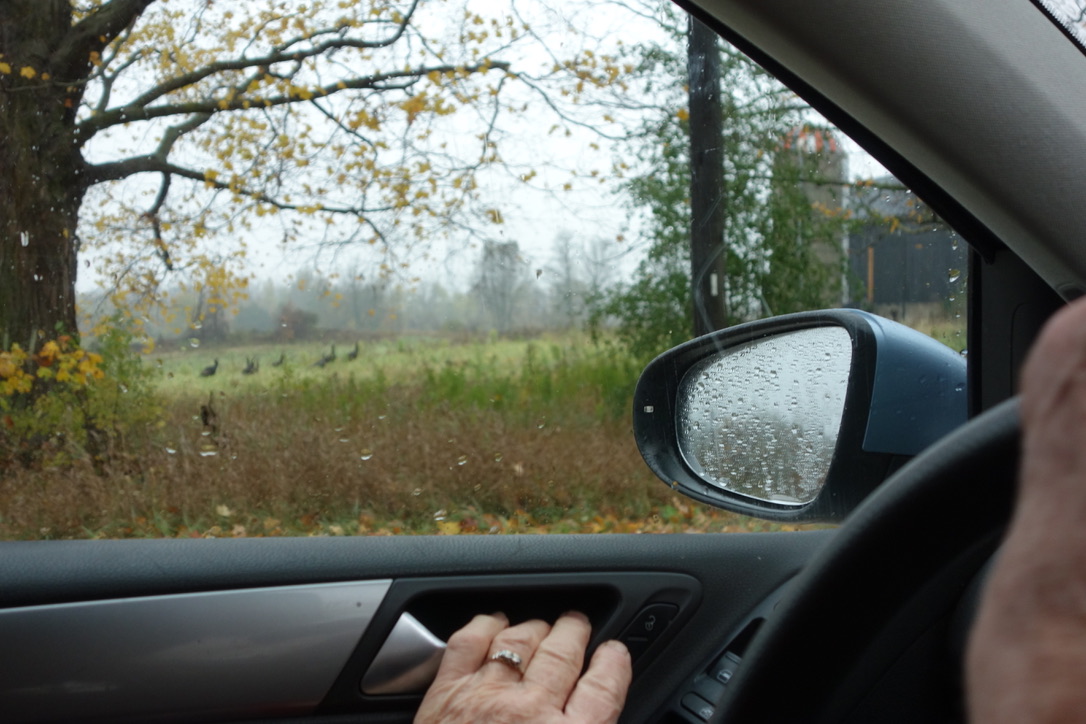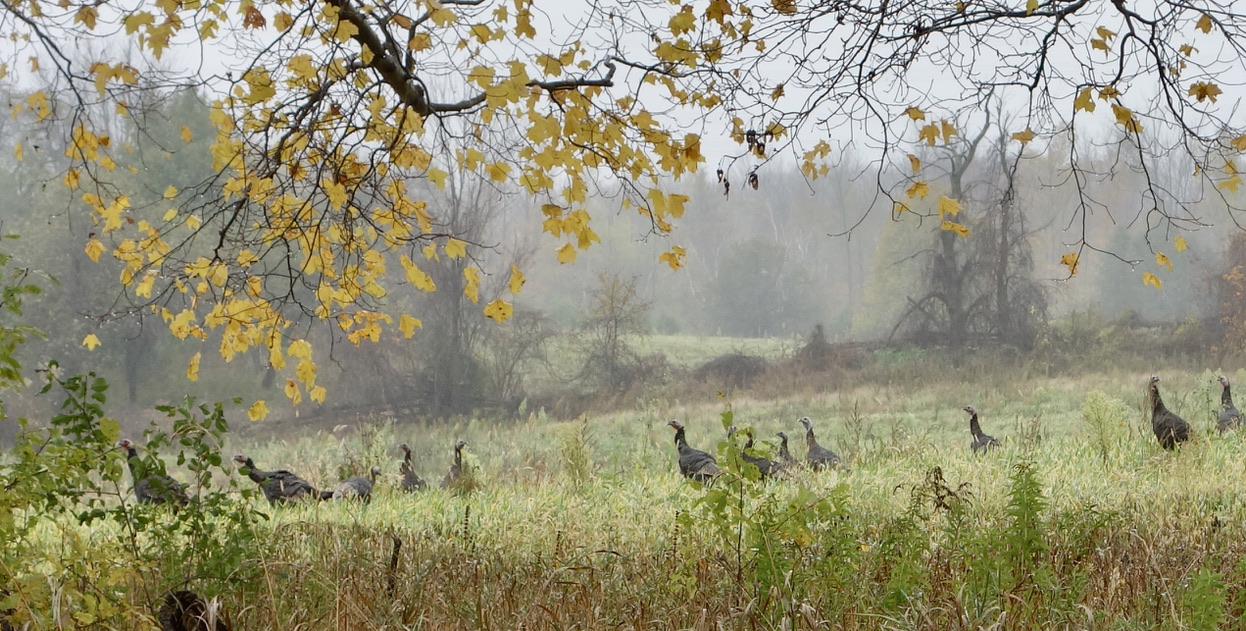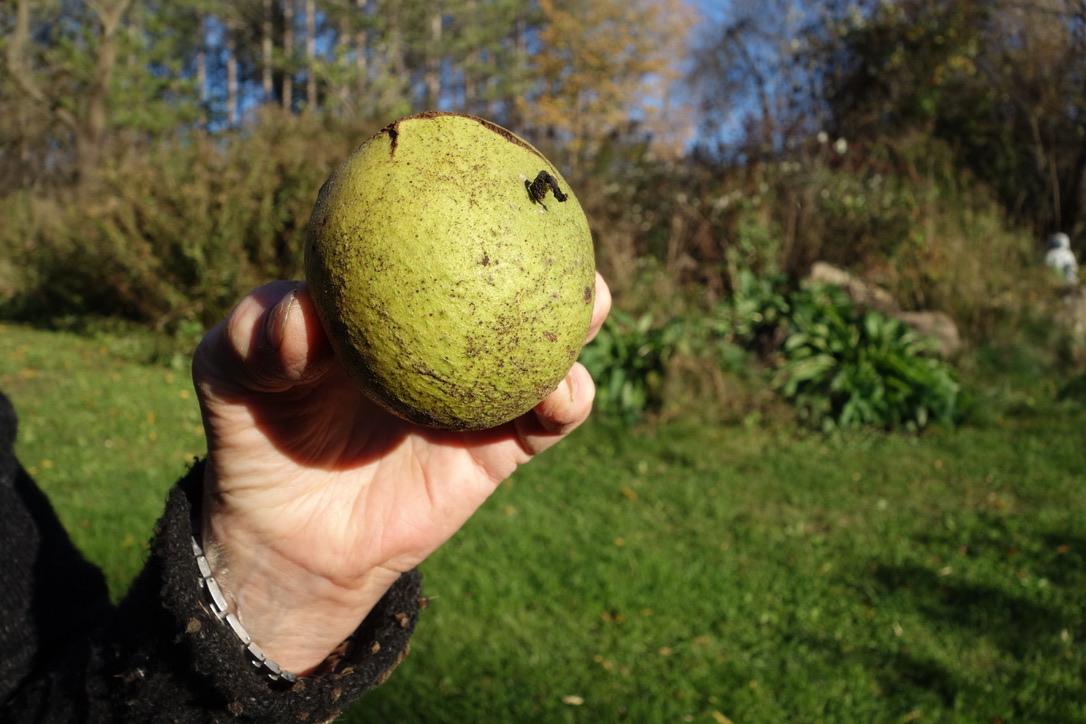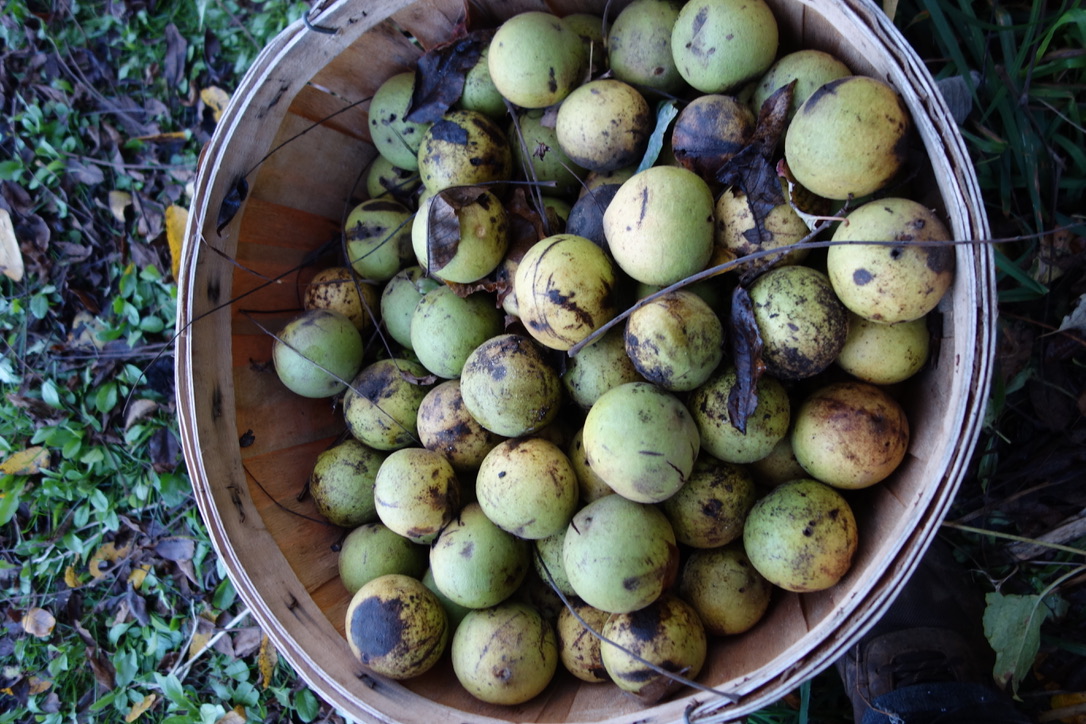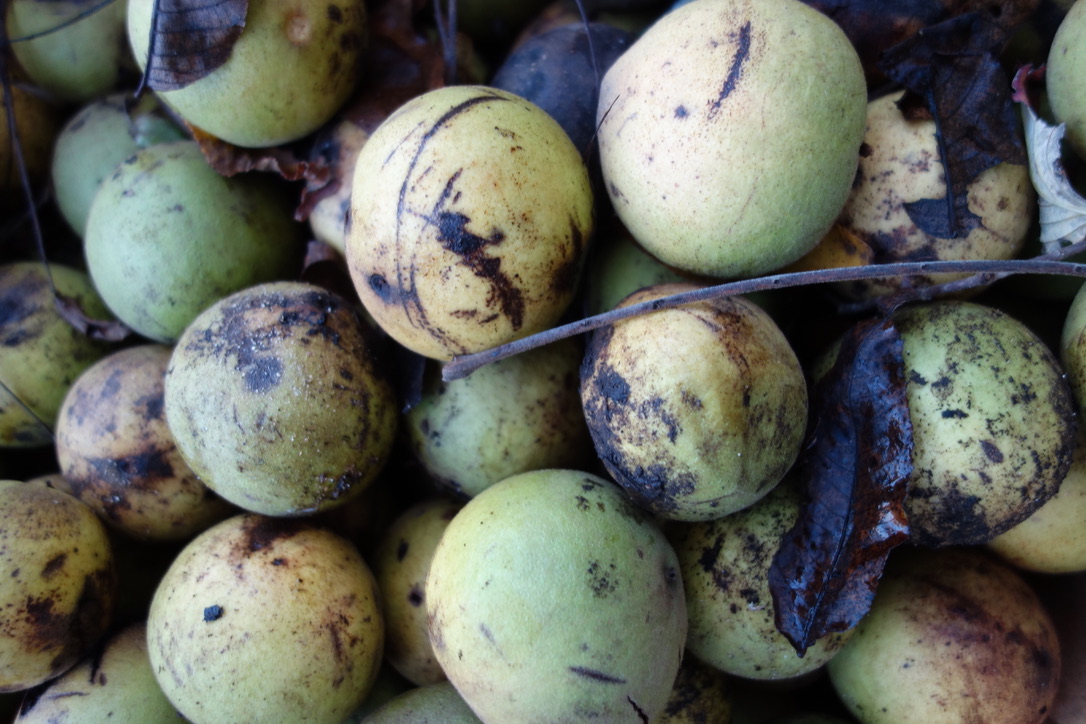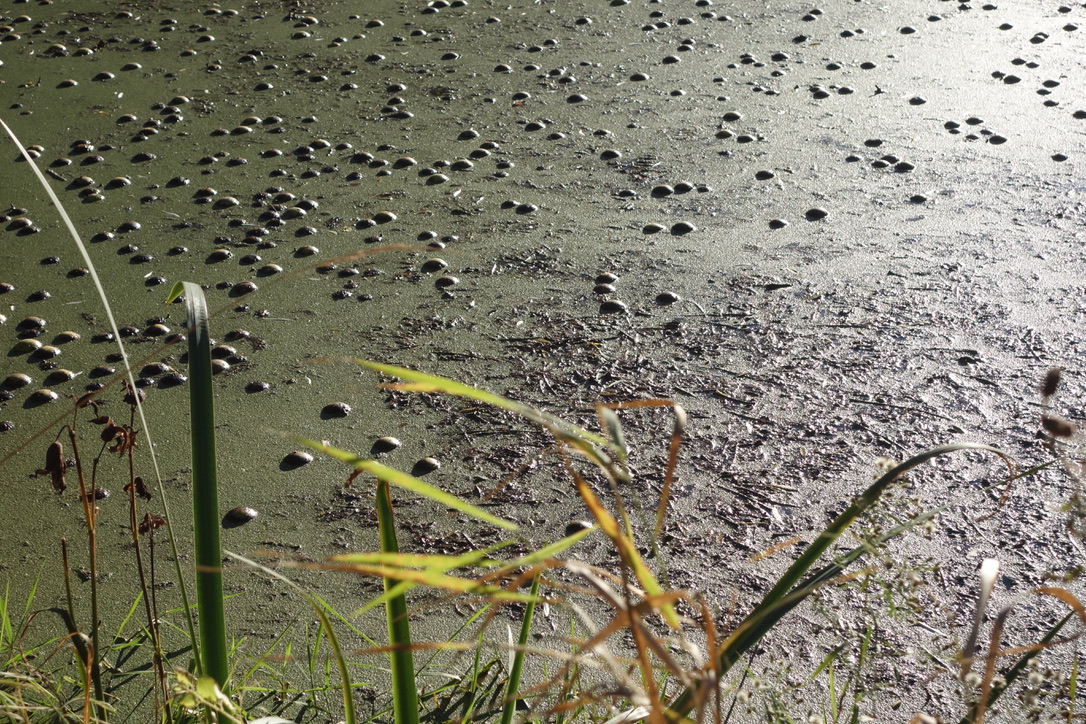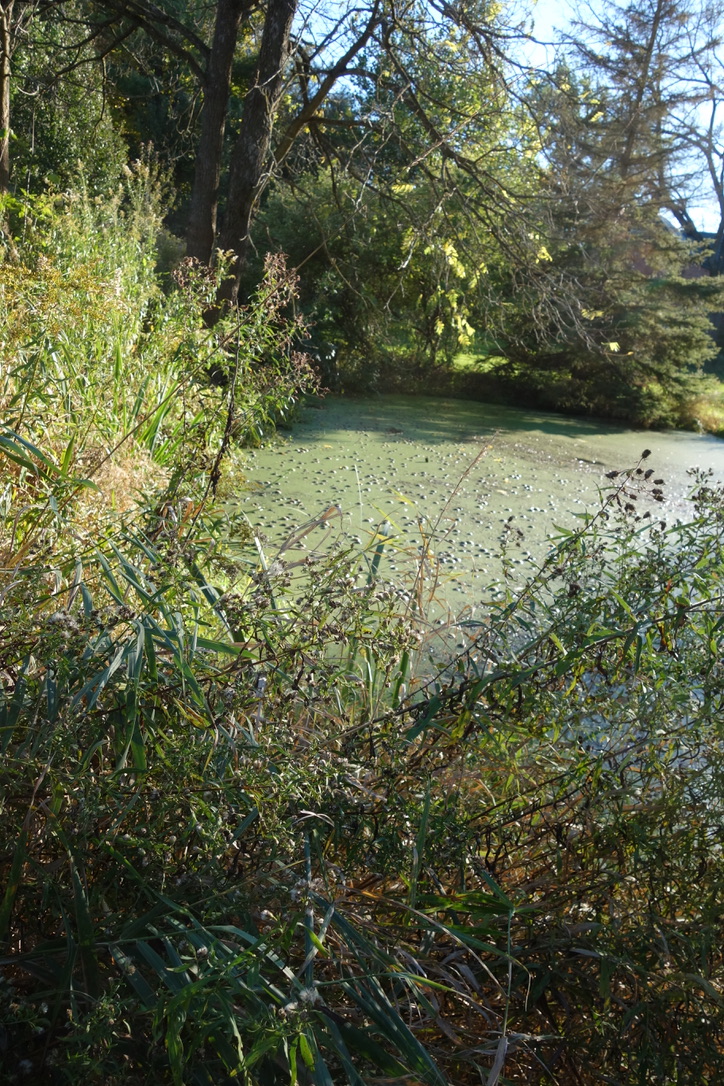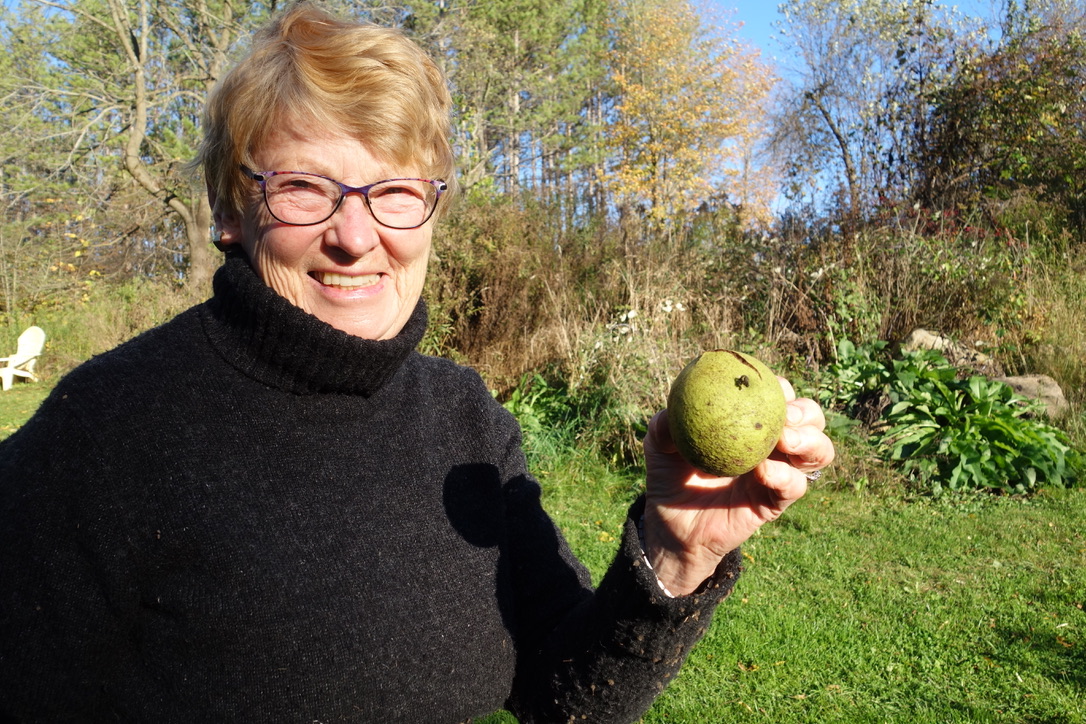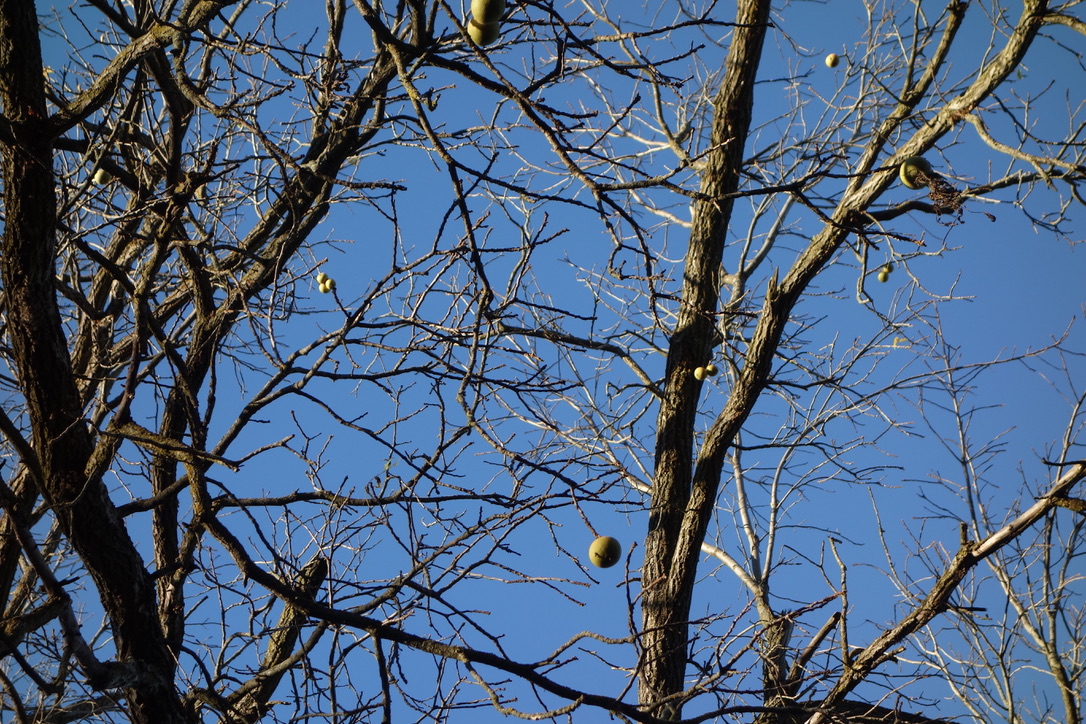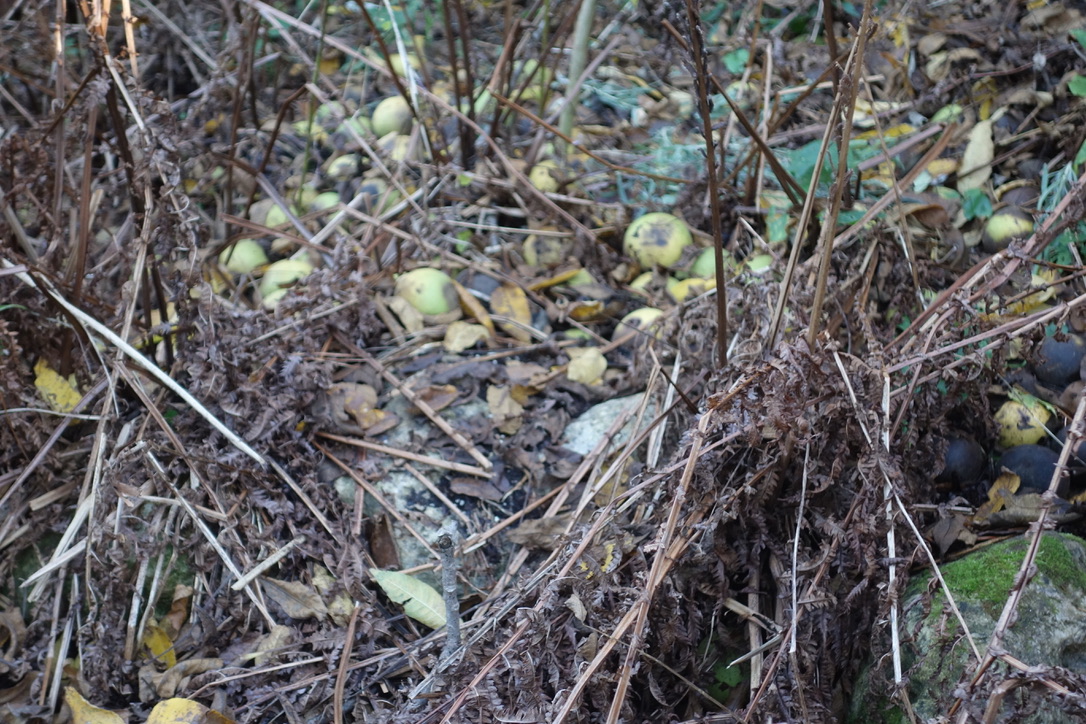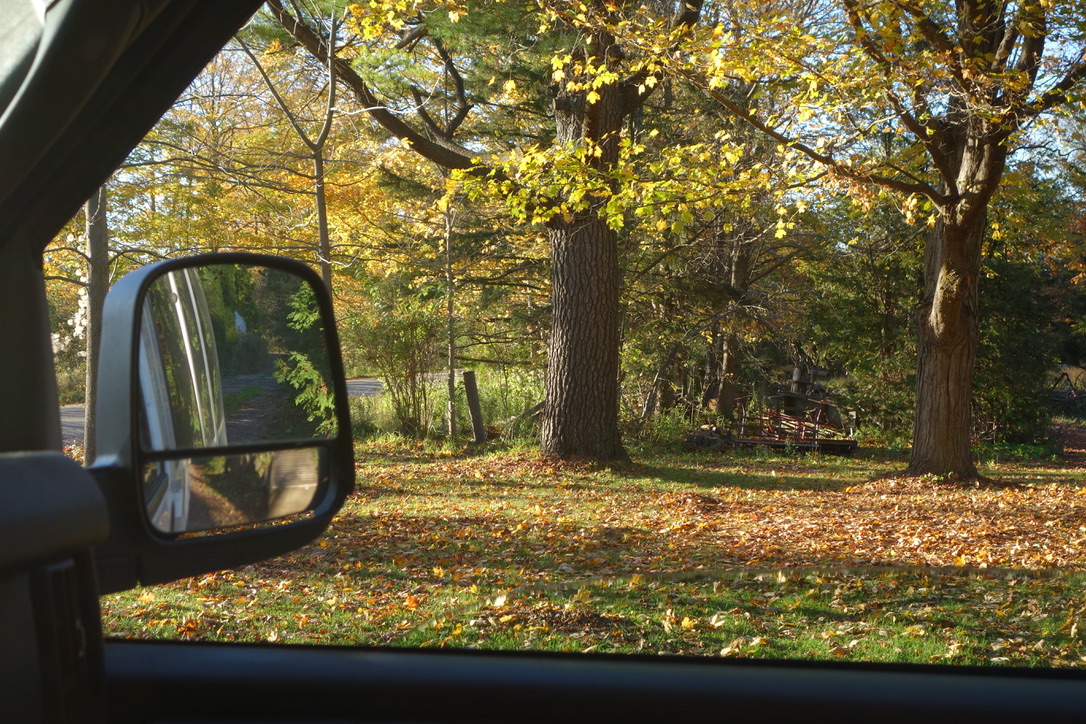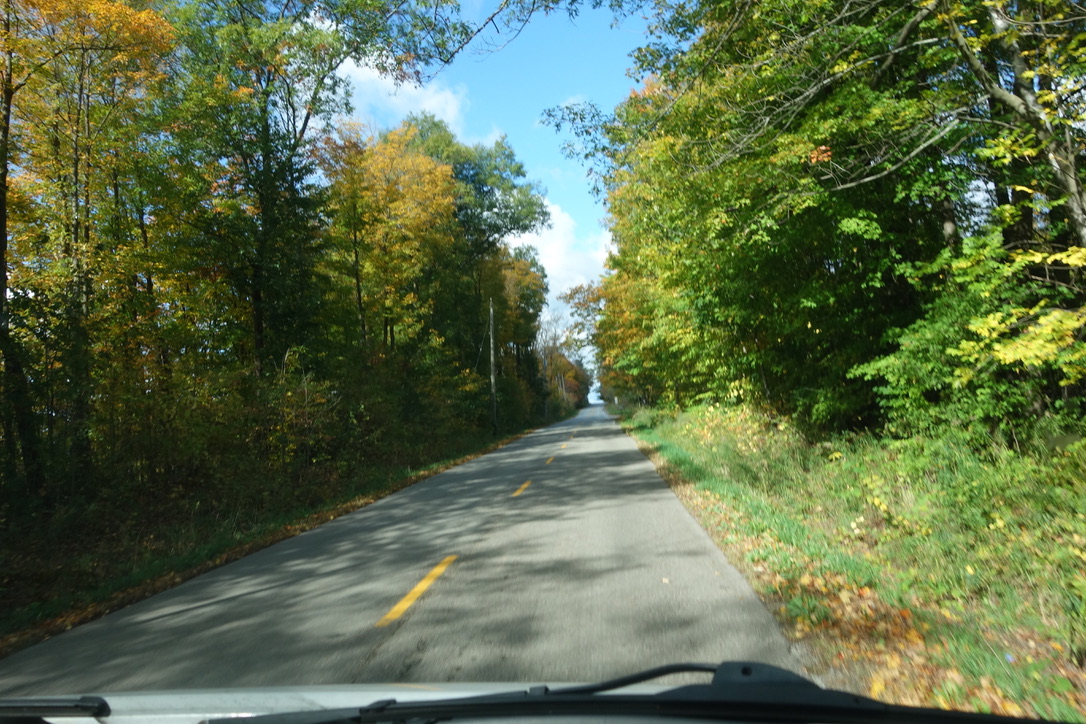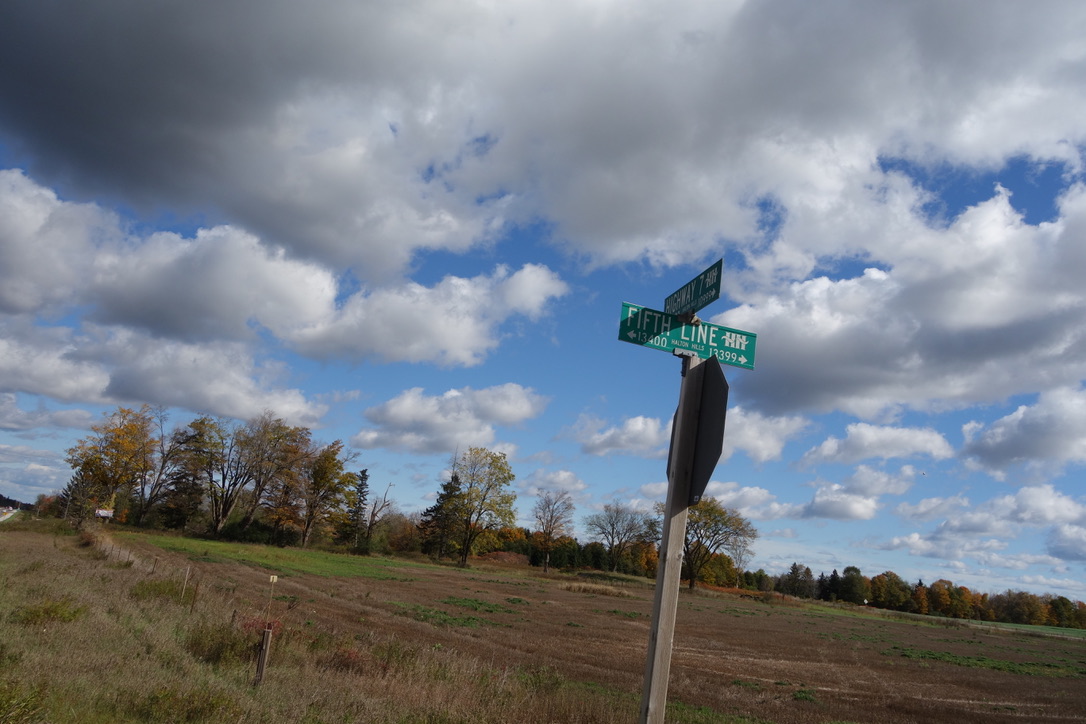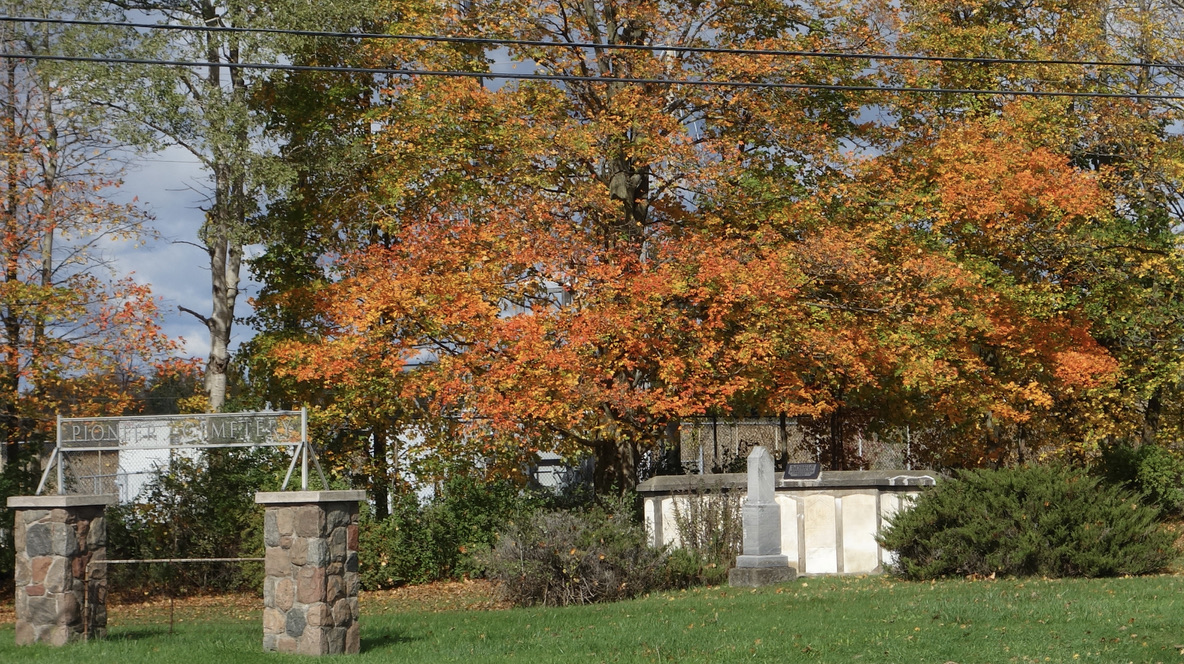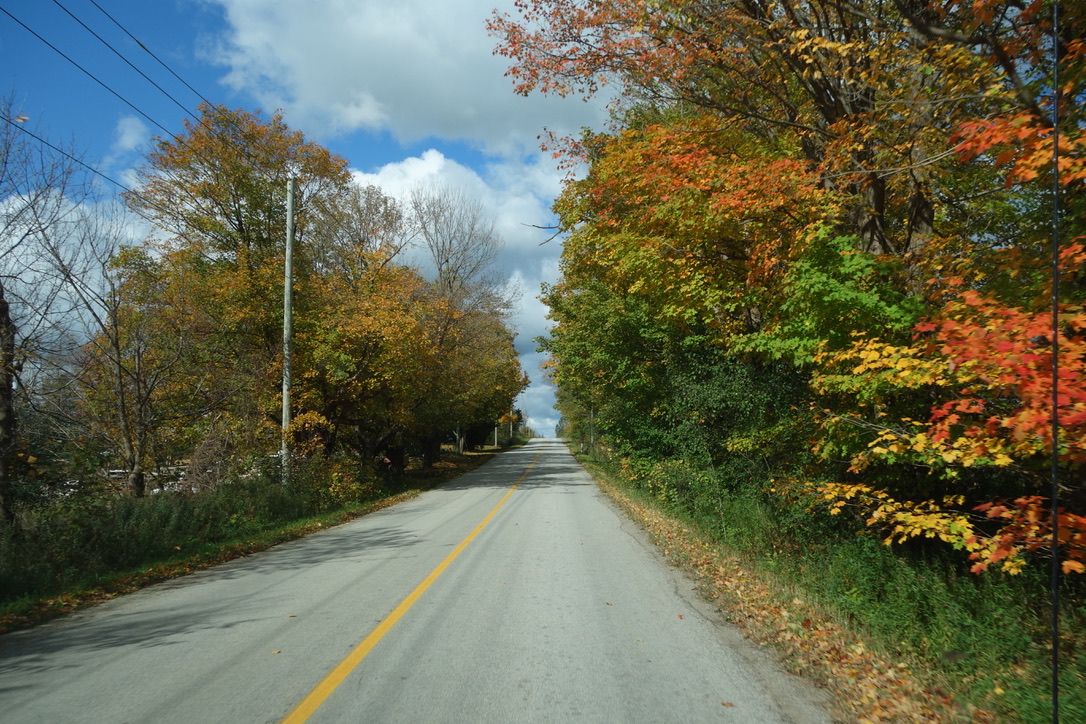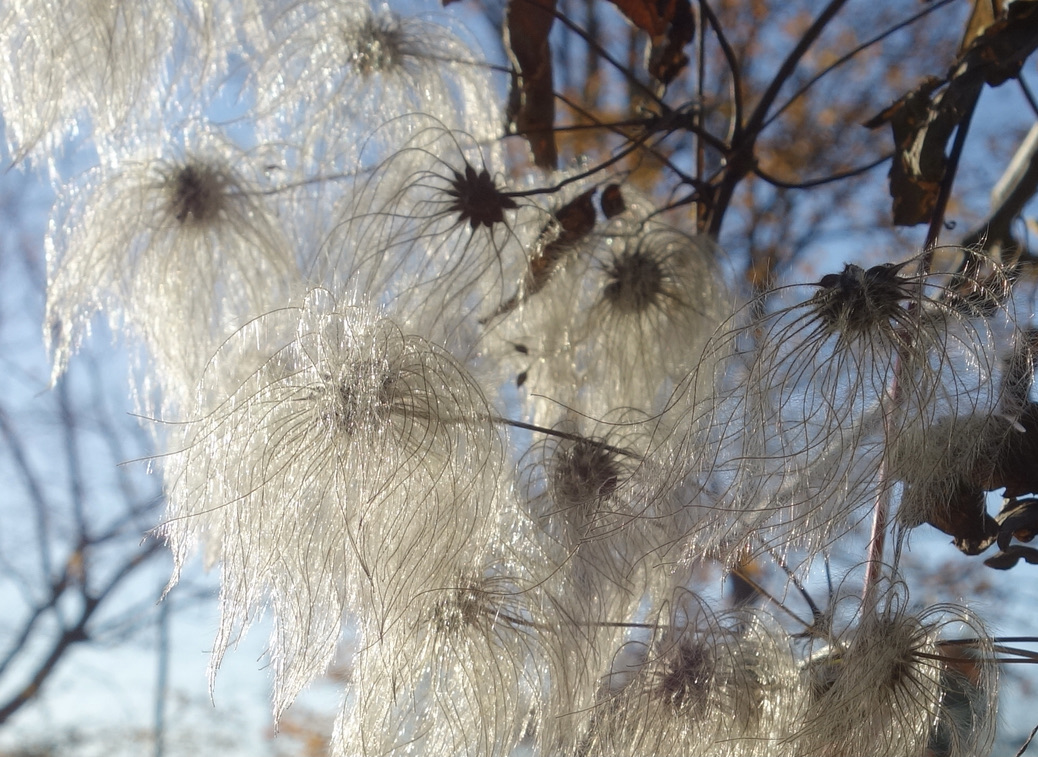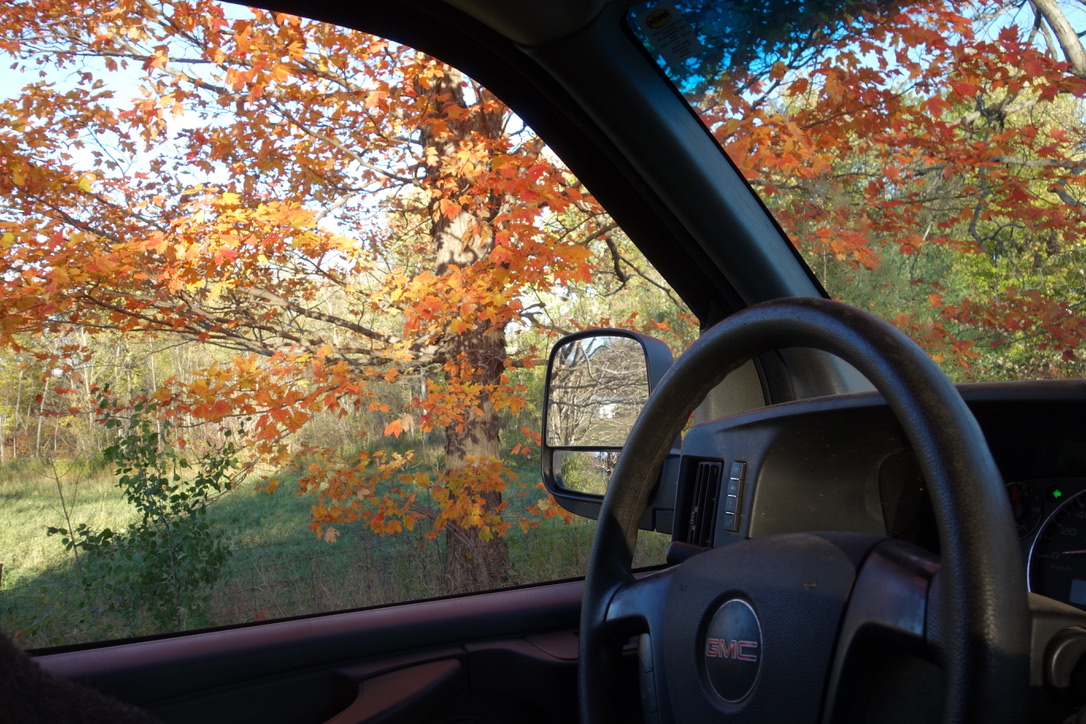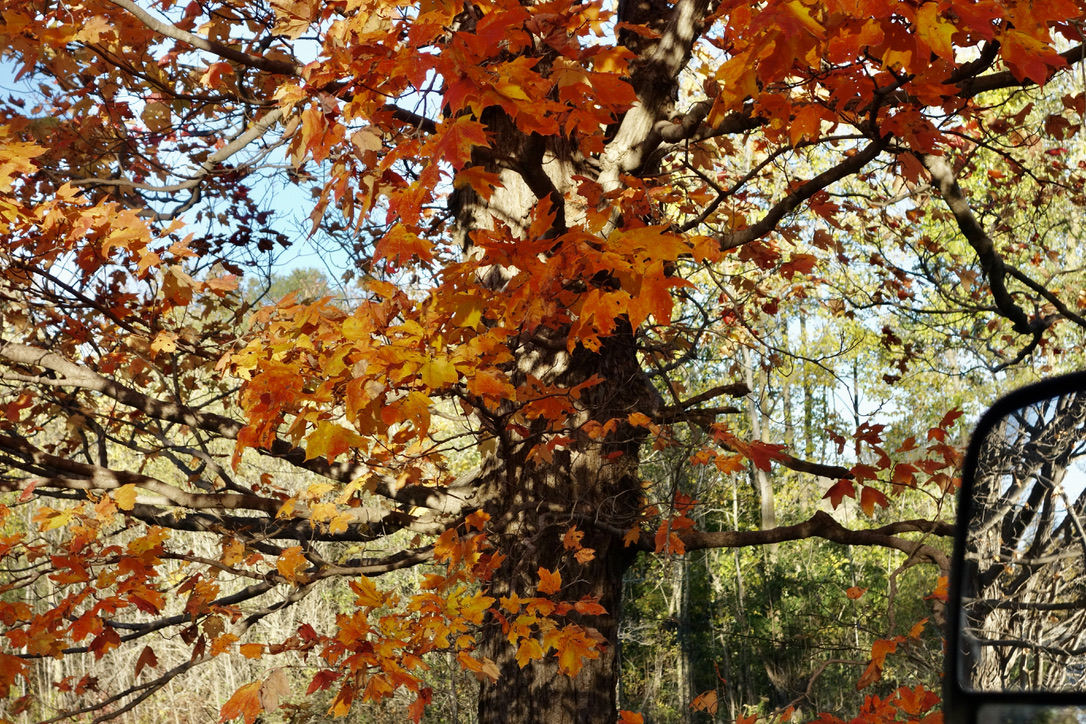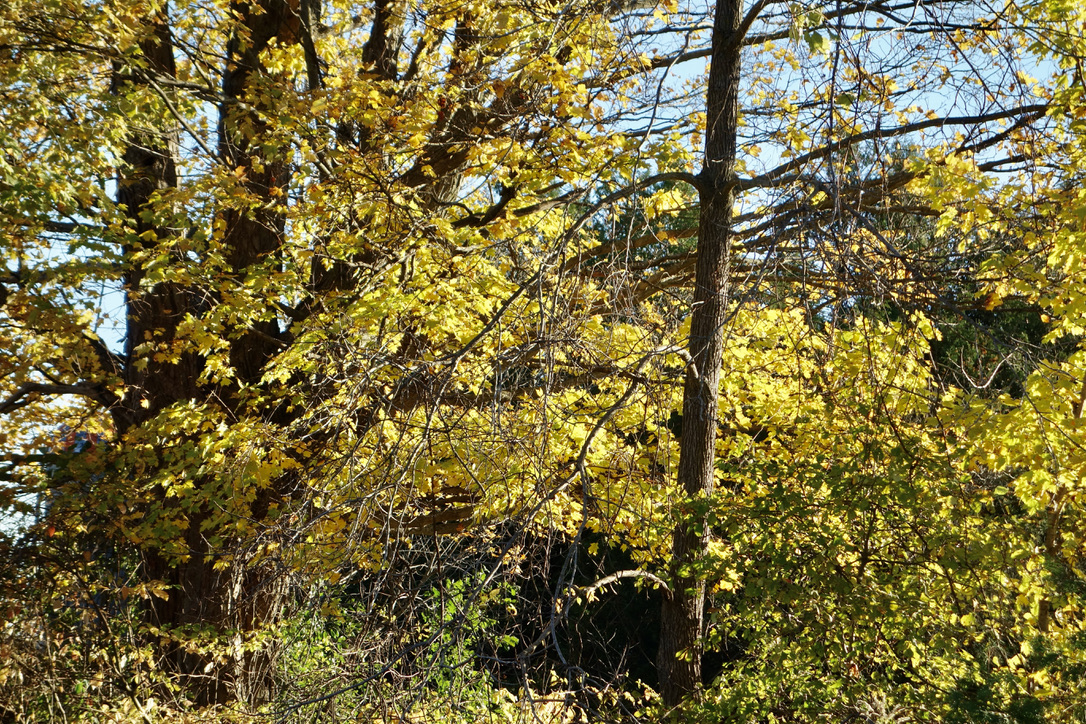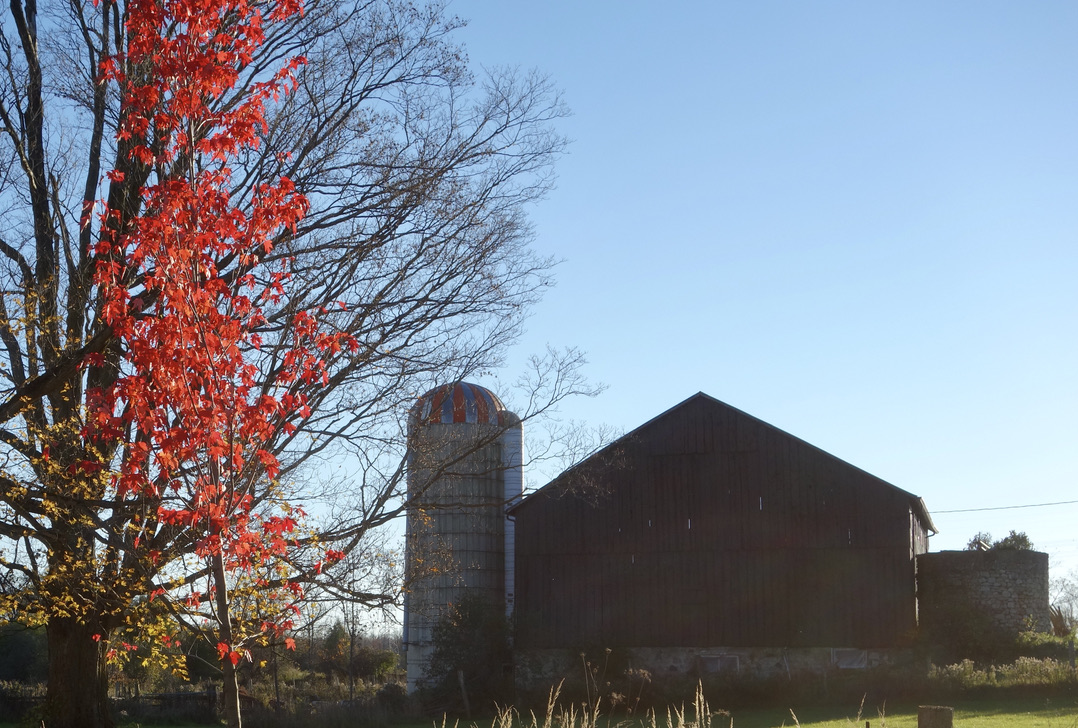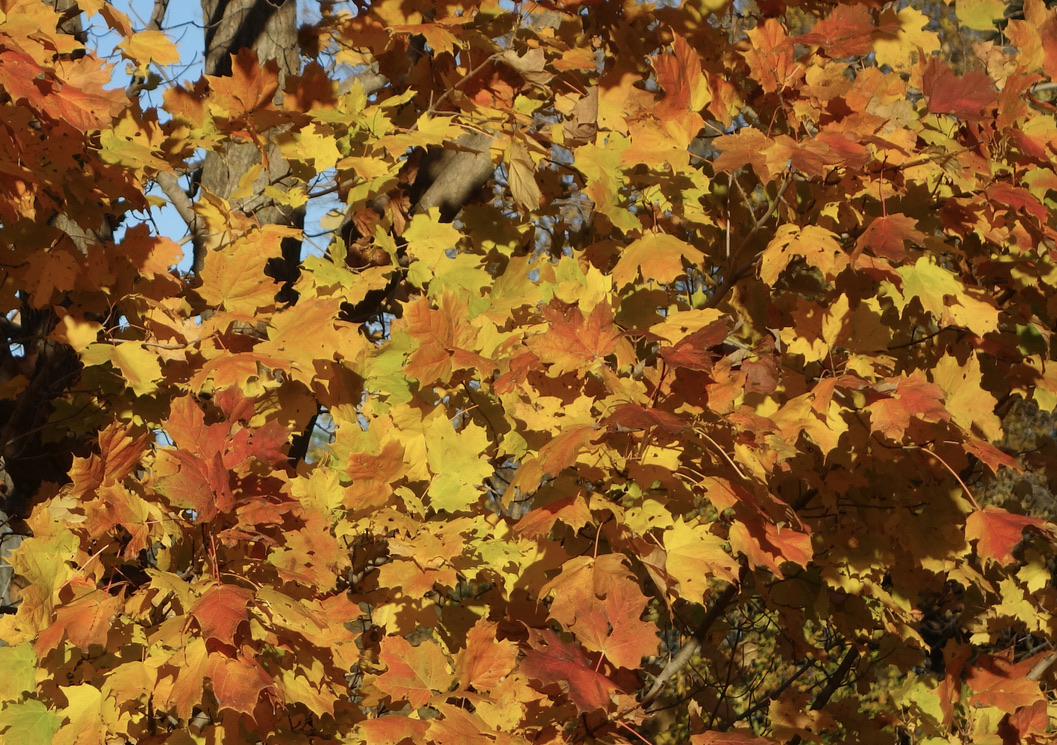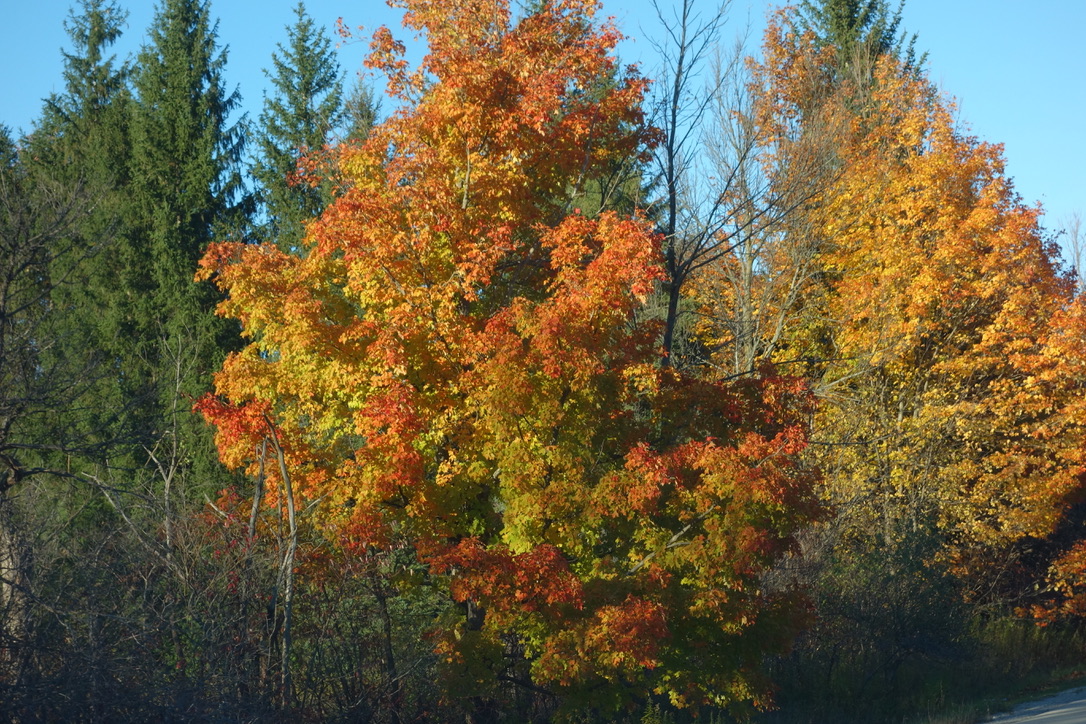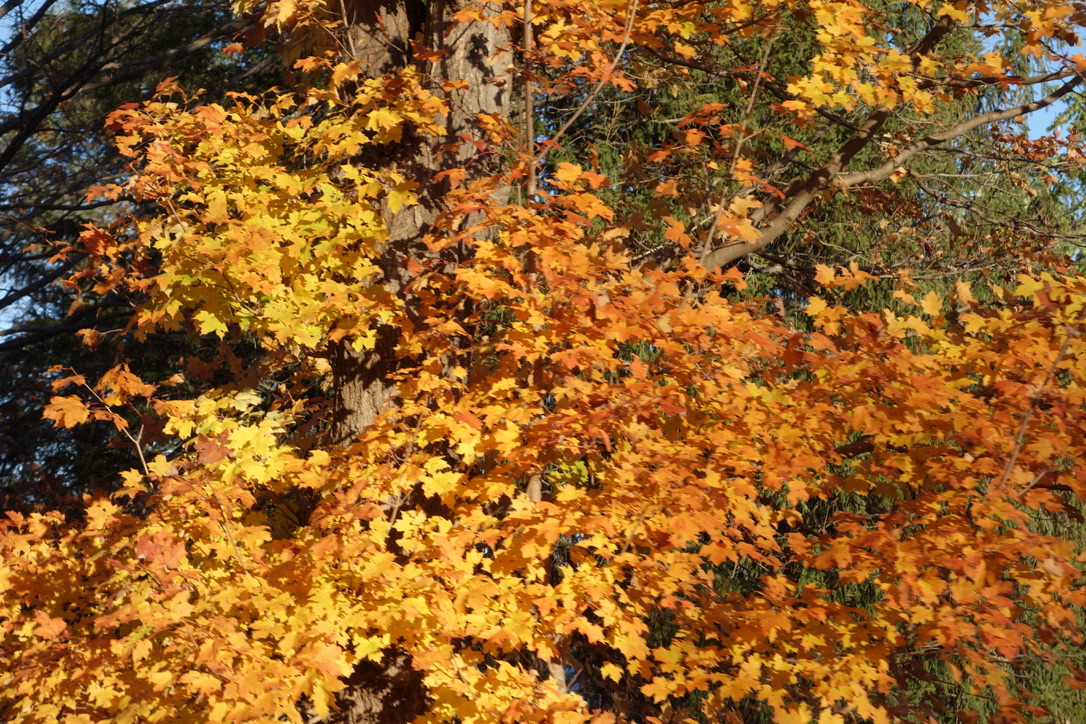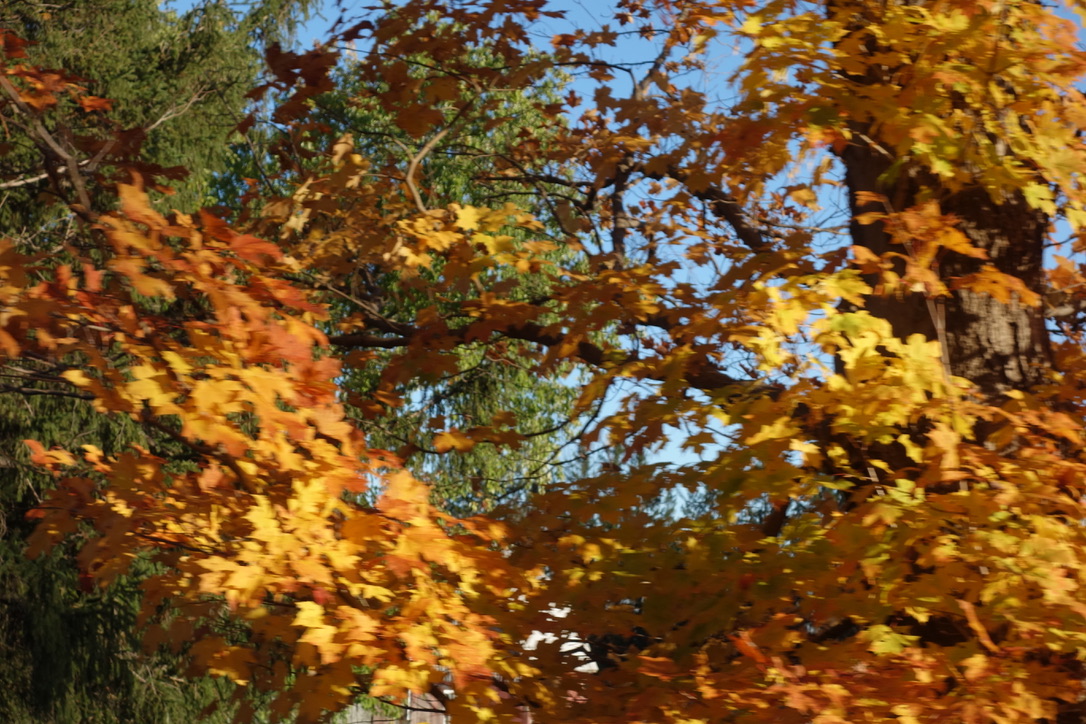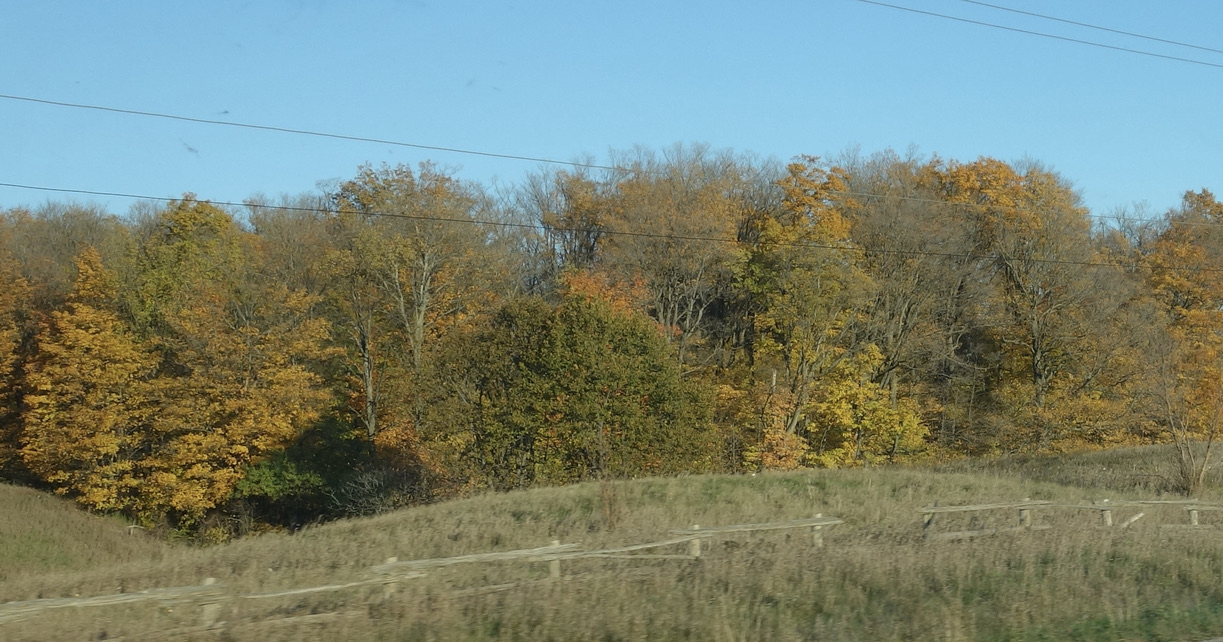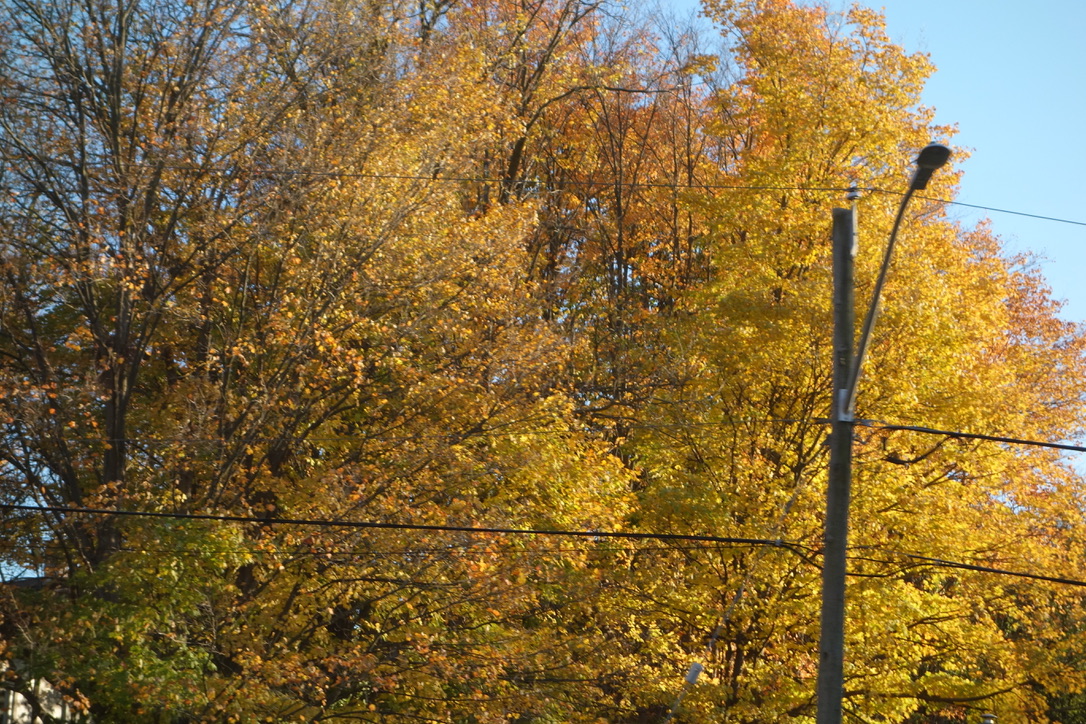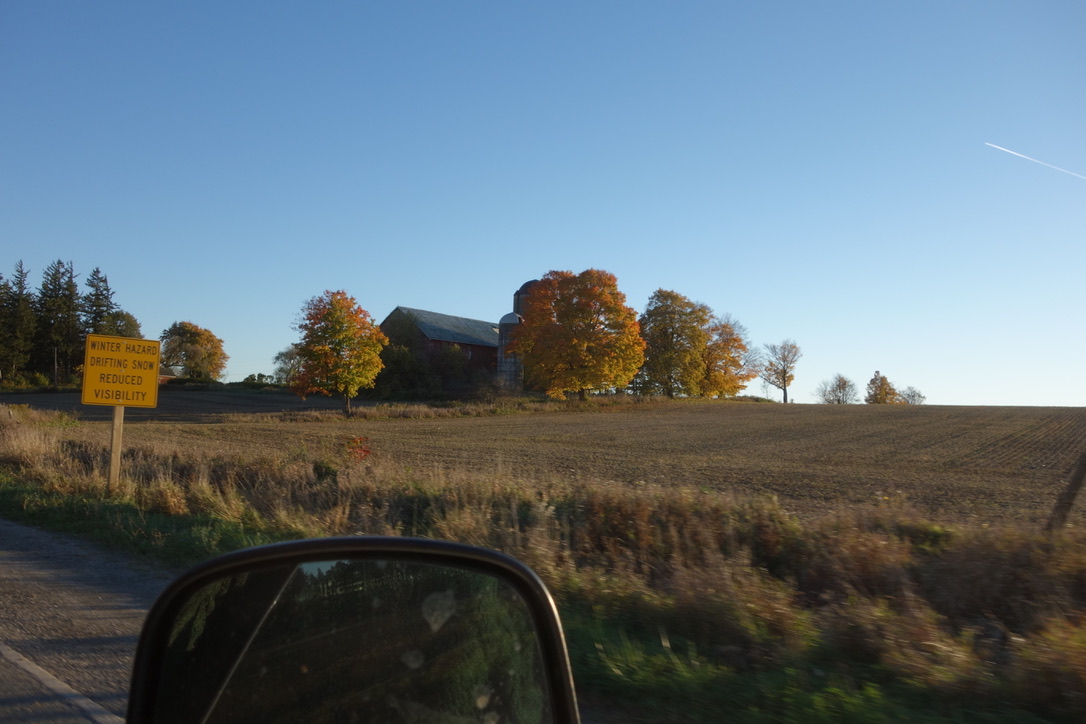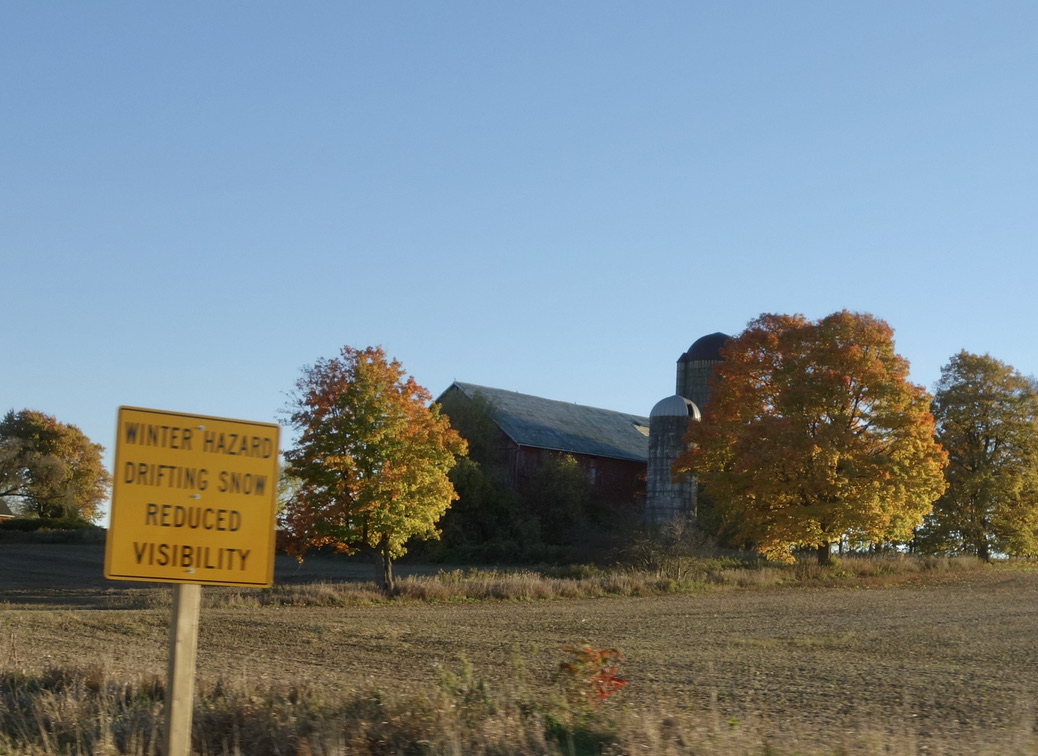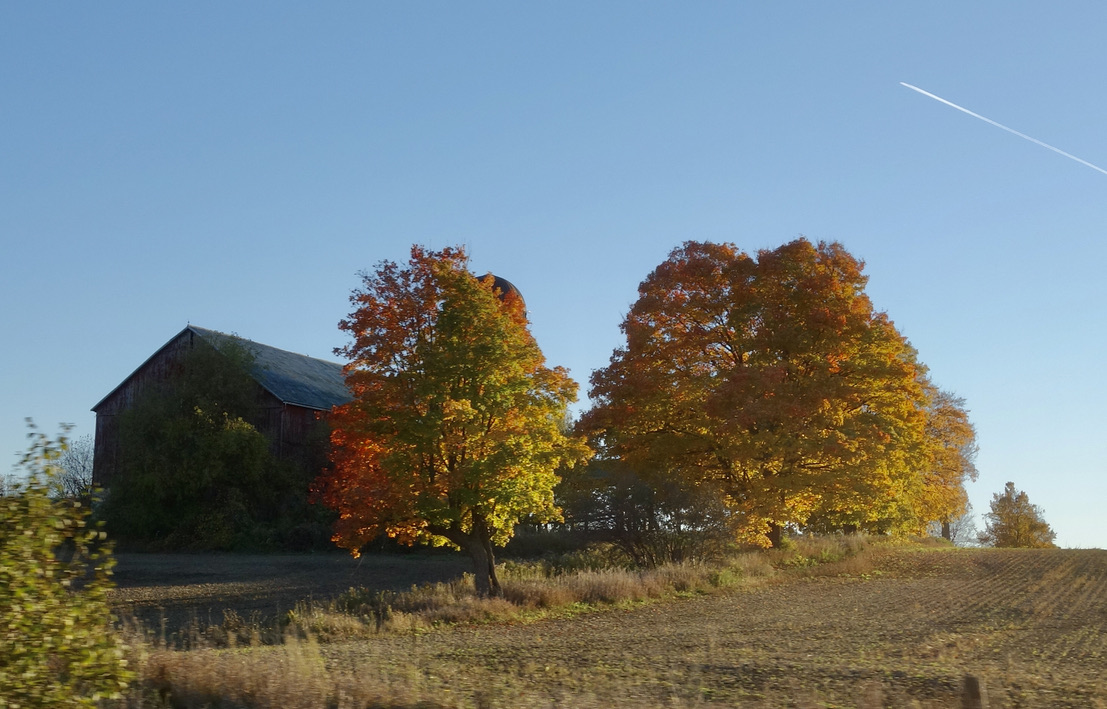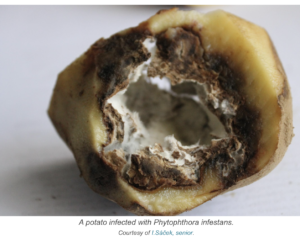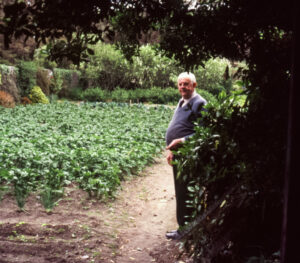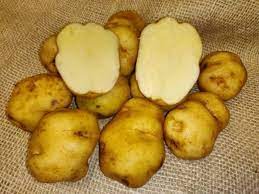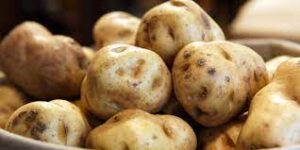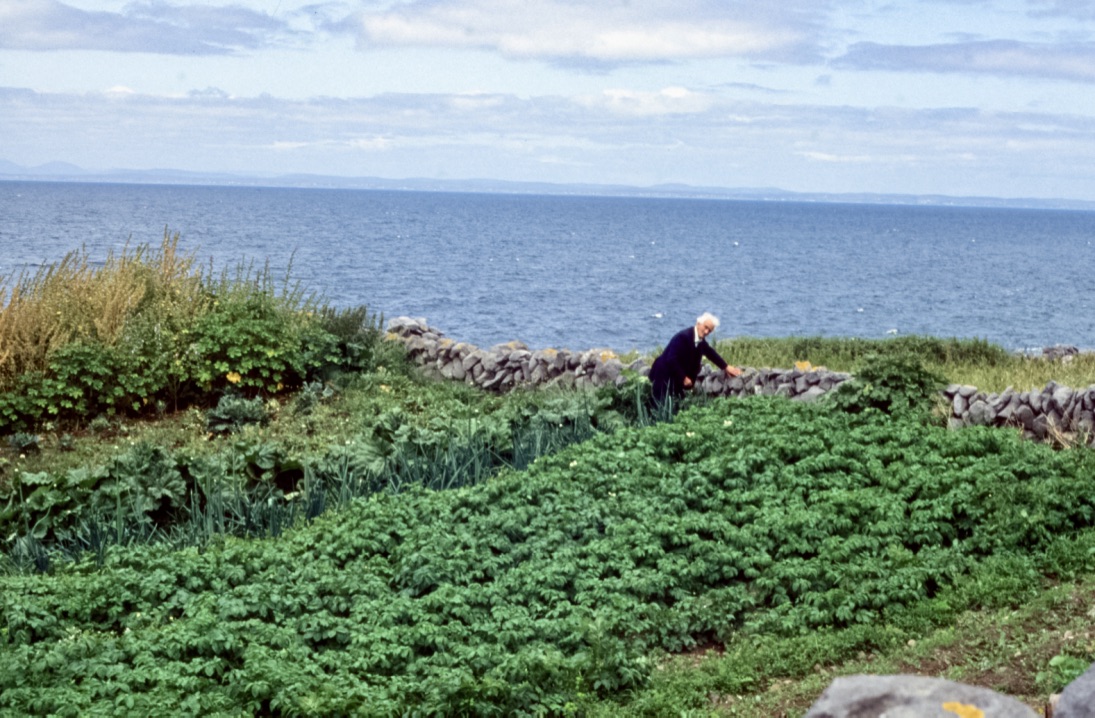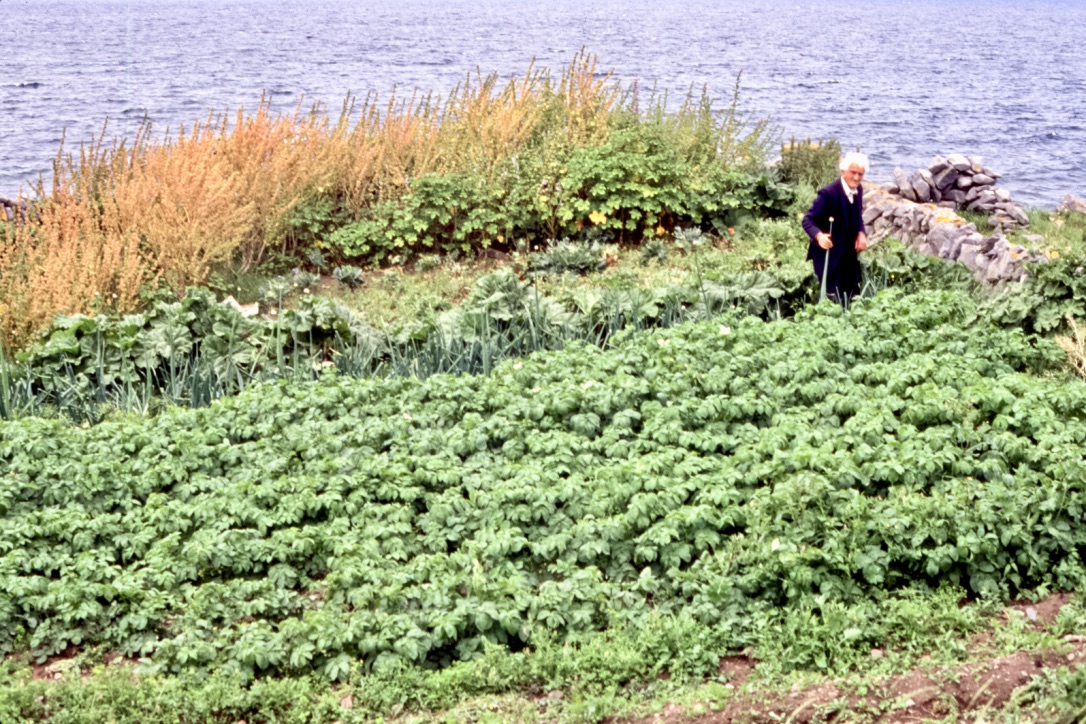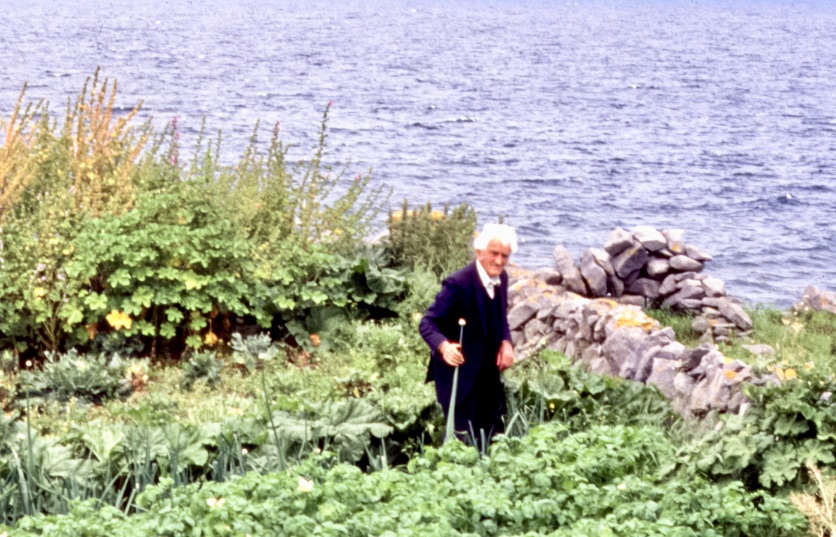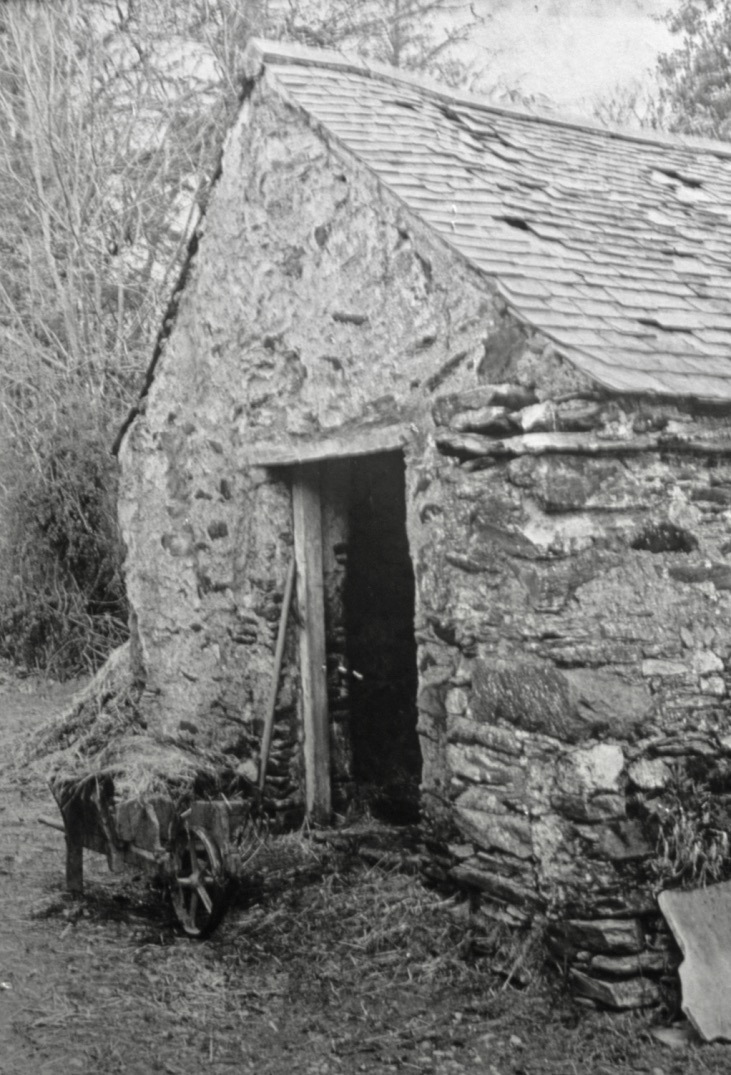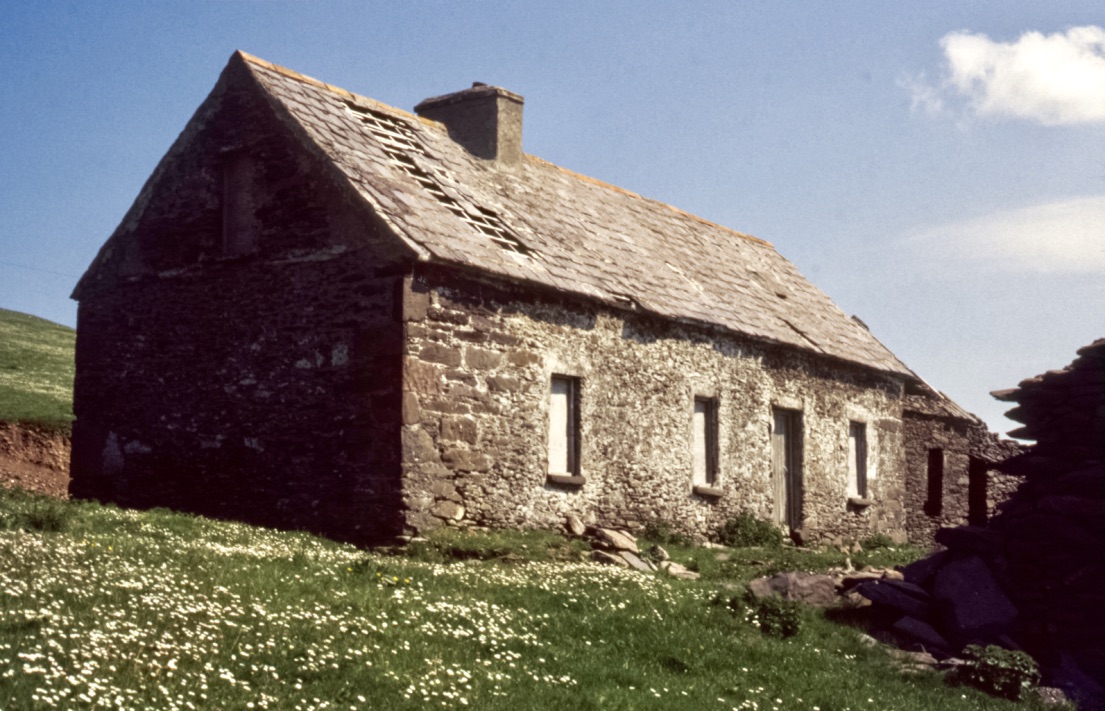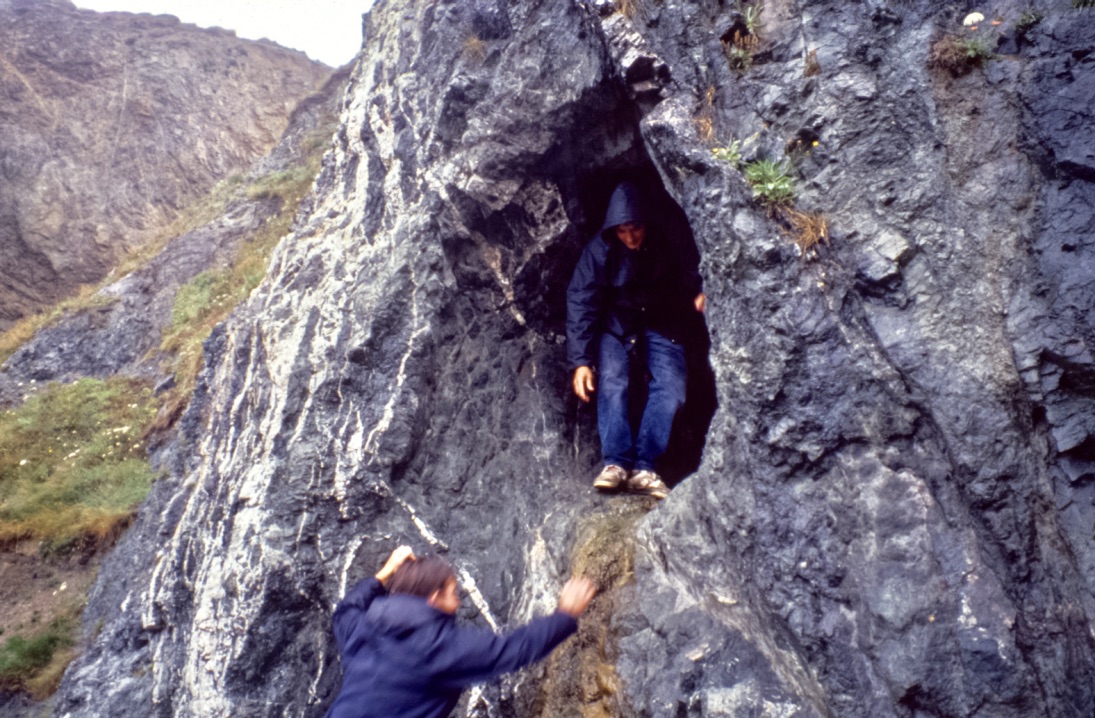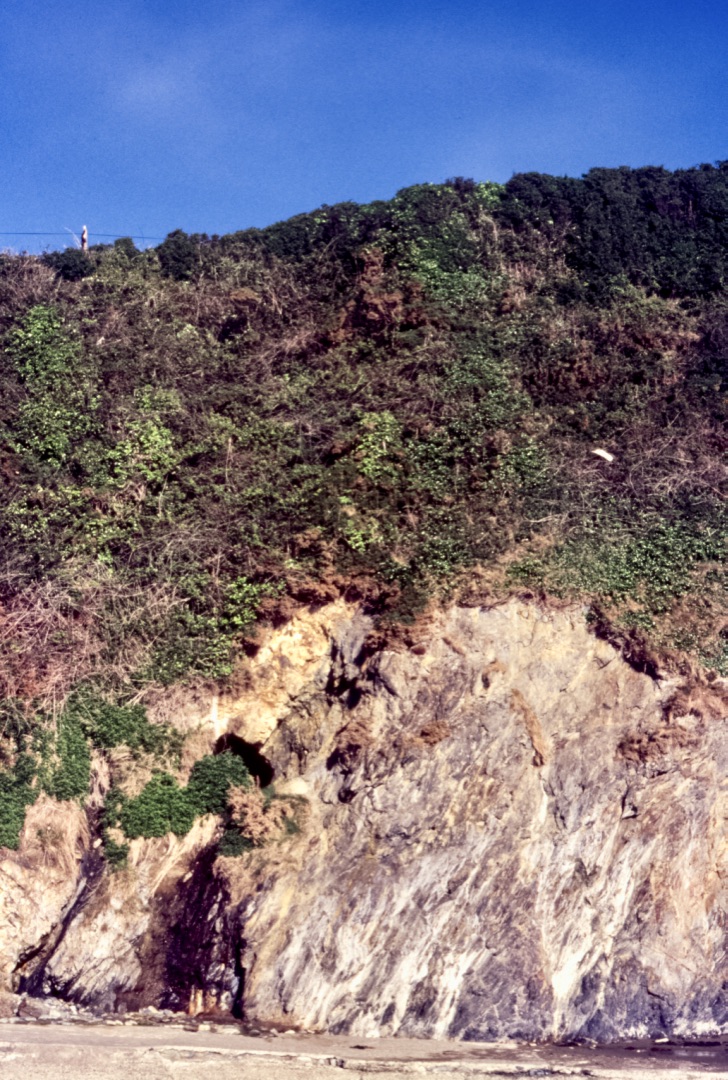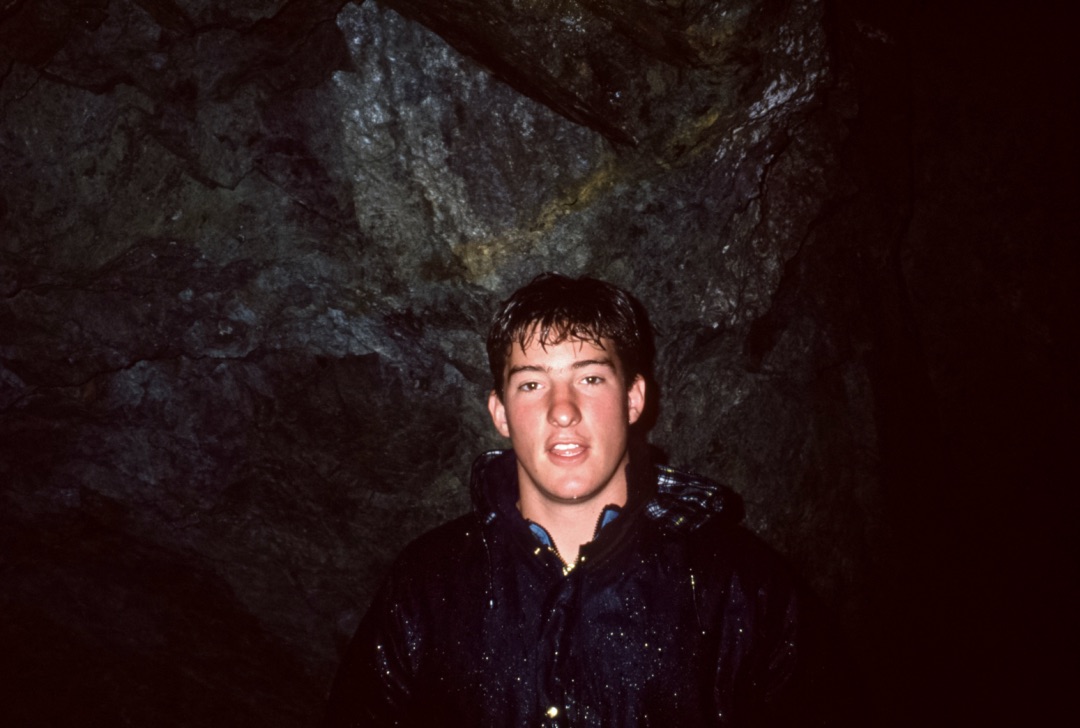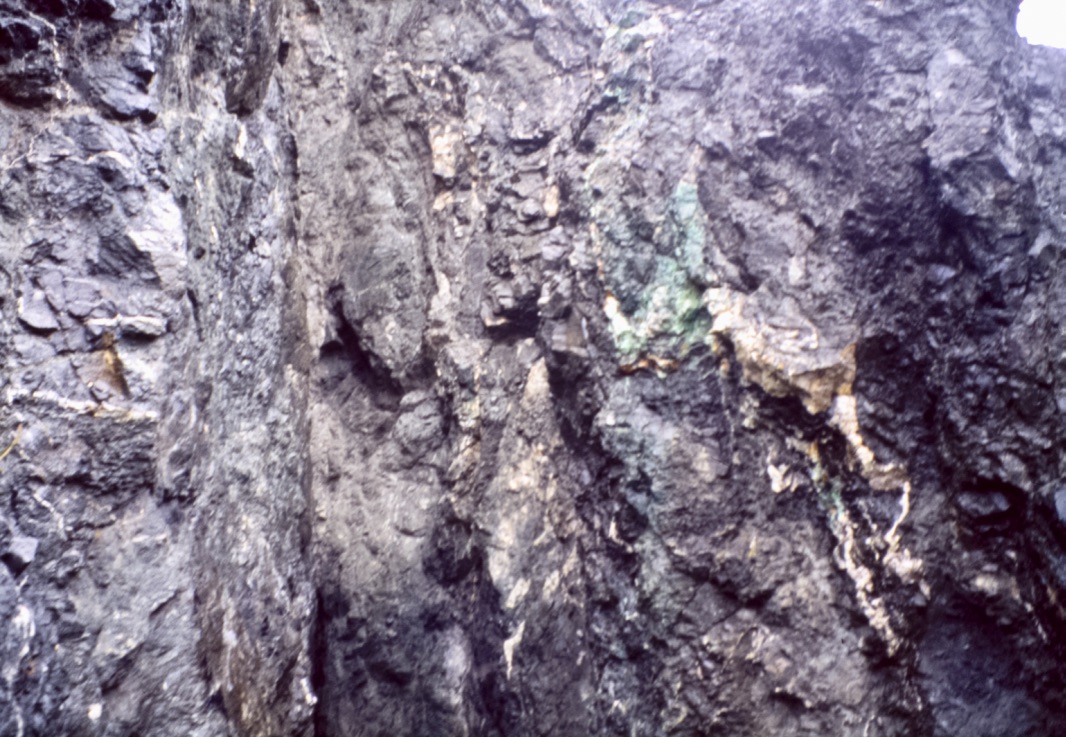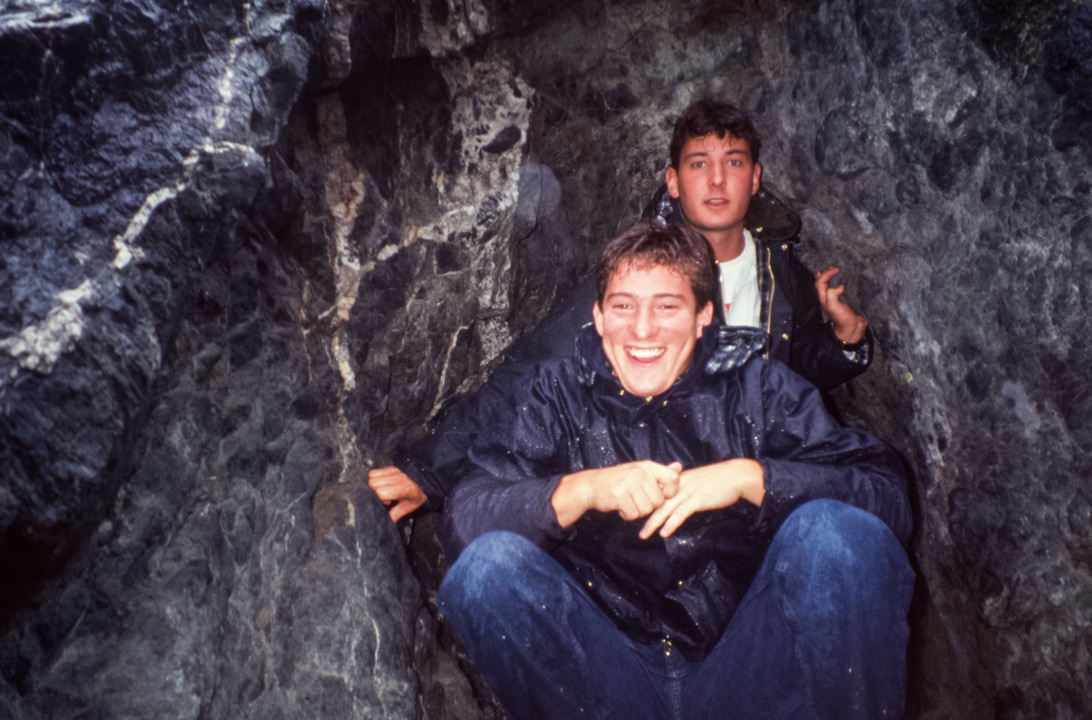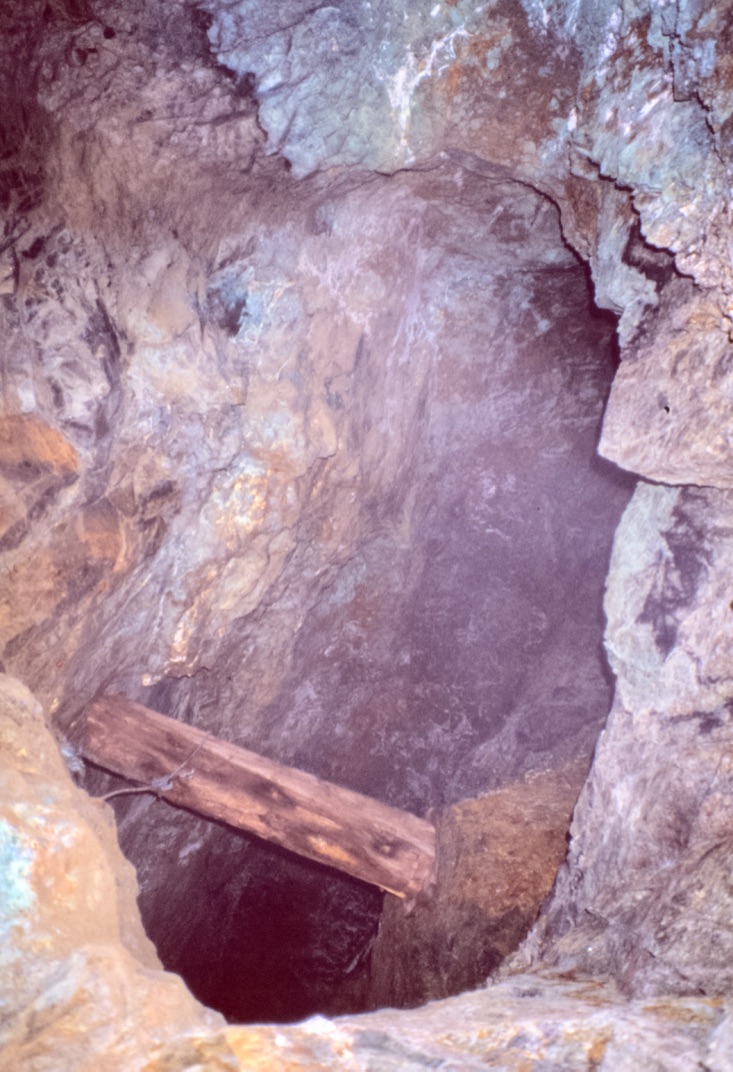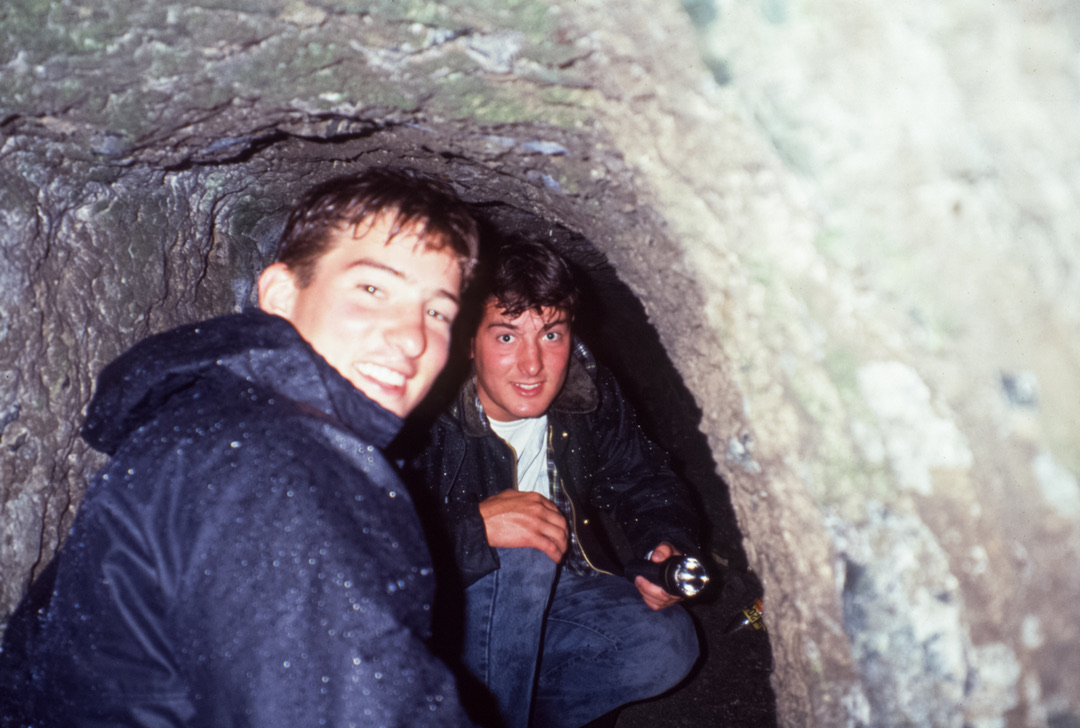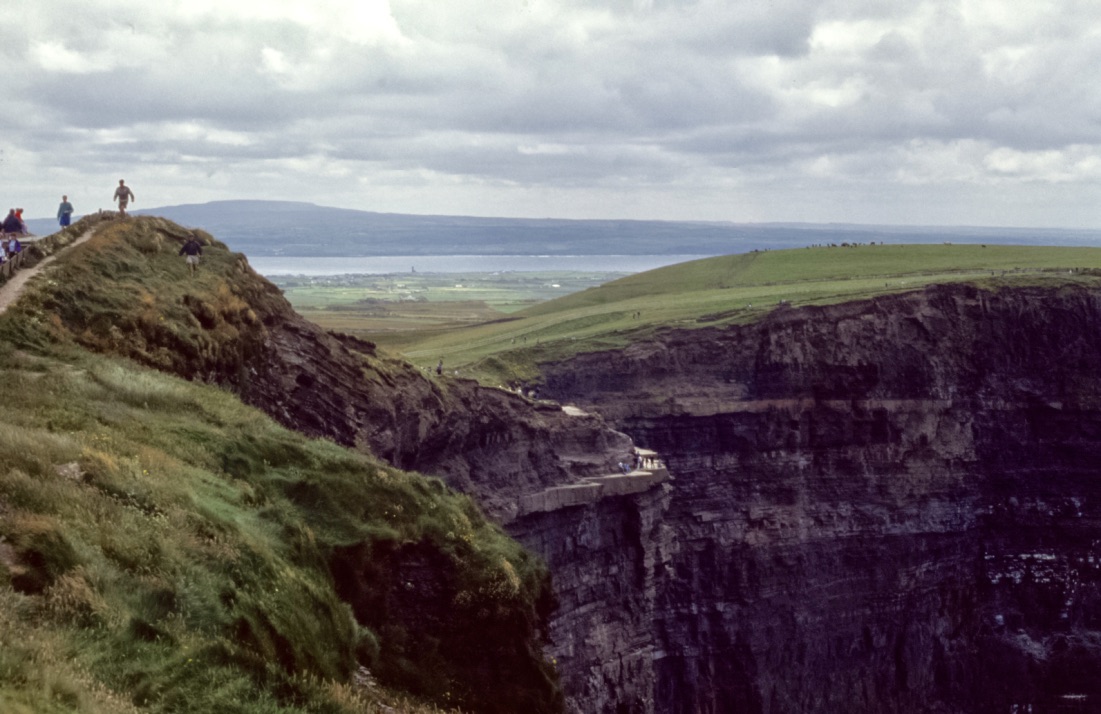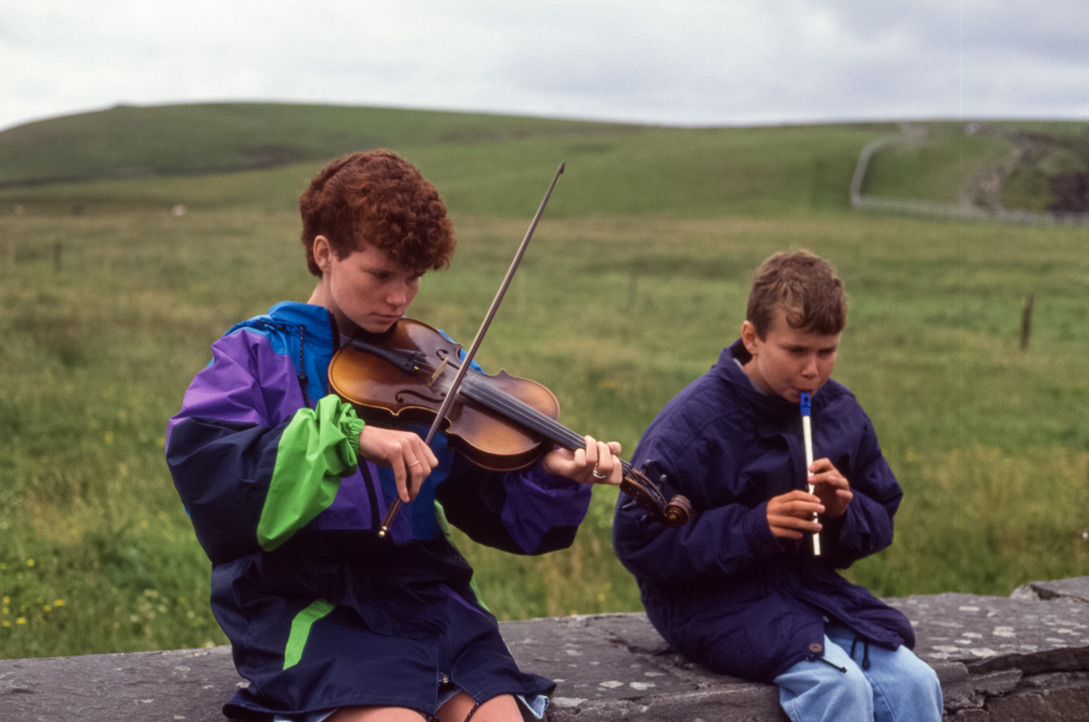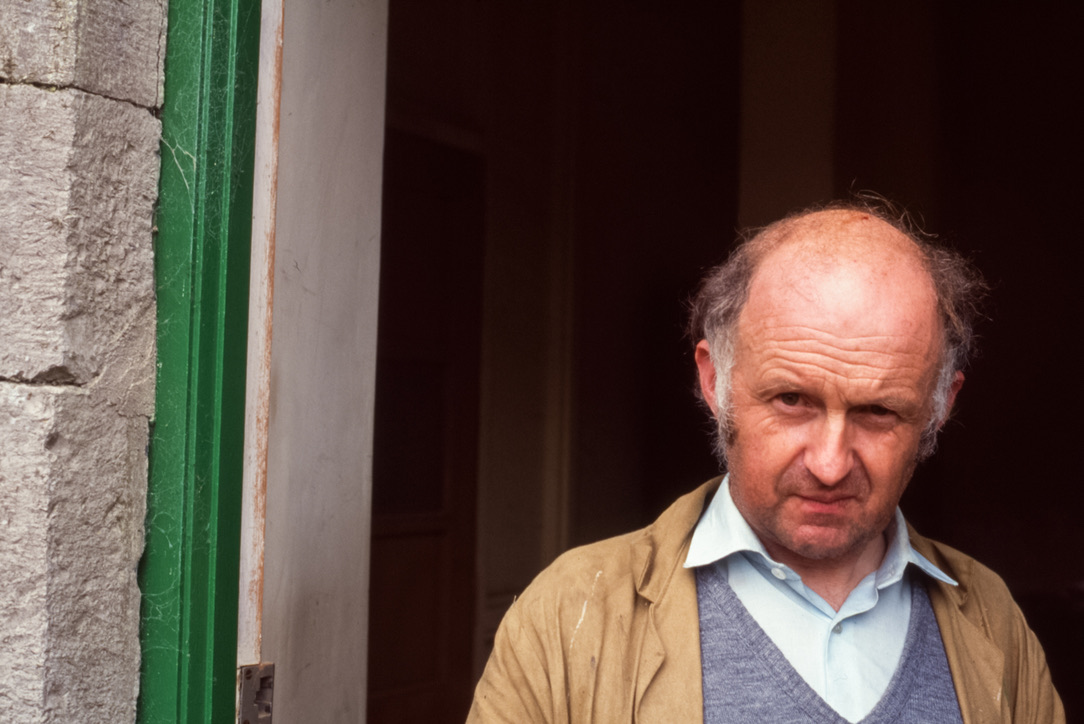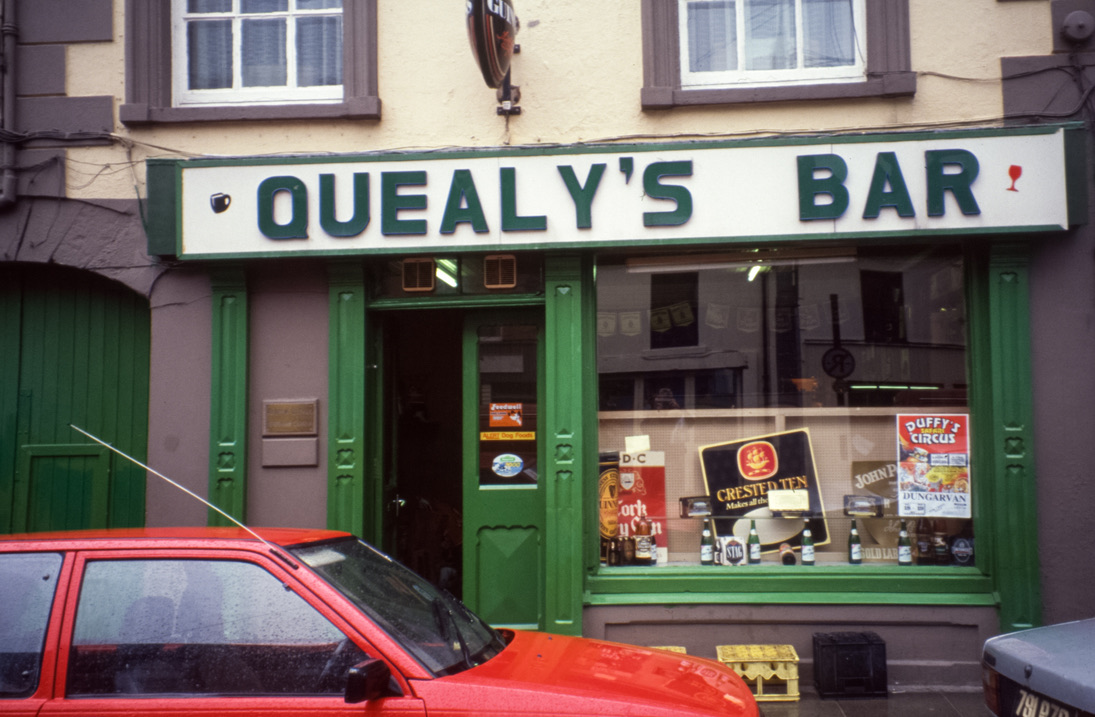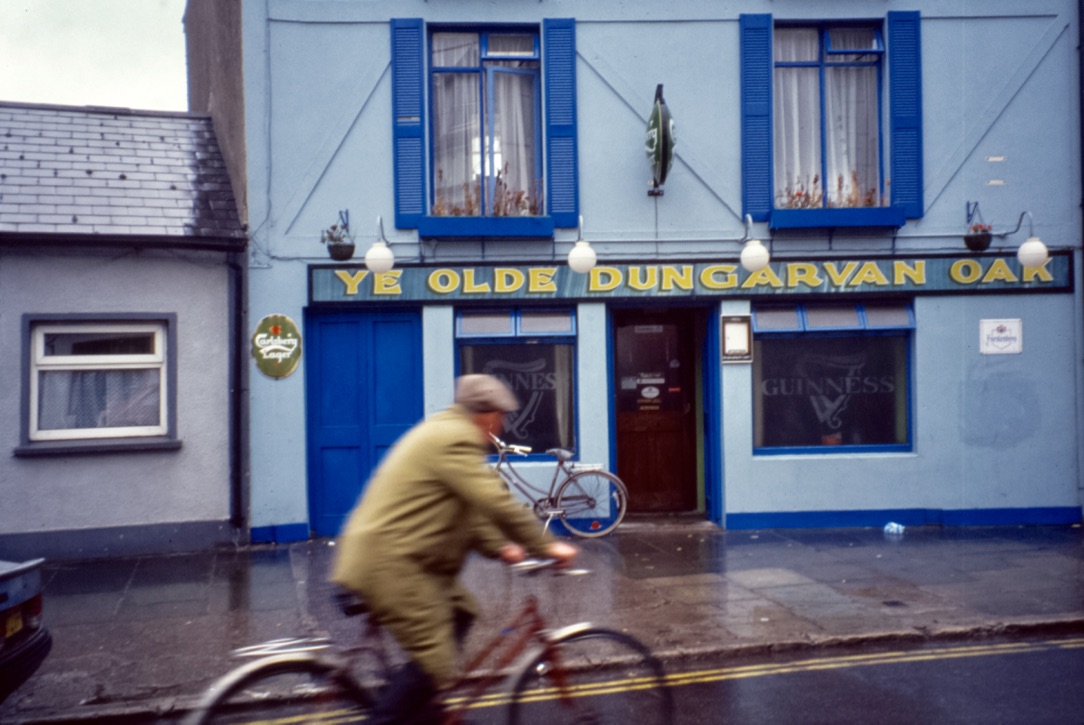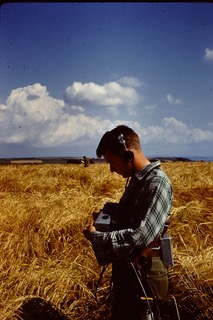EPISODE 471 “ICE IN THE BUCKET, ALAN….YOU WILL NEED HELP.” “THEN J. R.. ARRIVED”

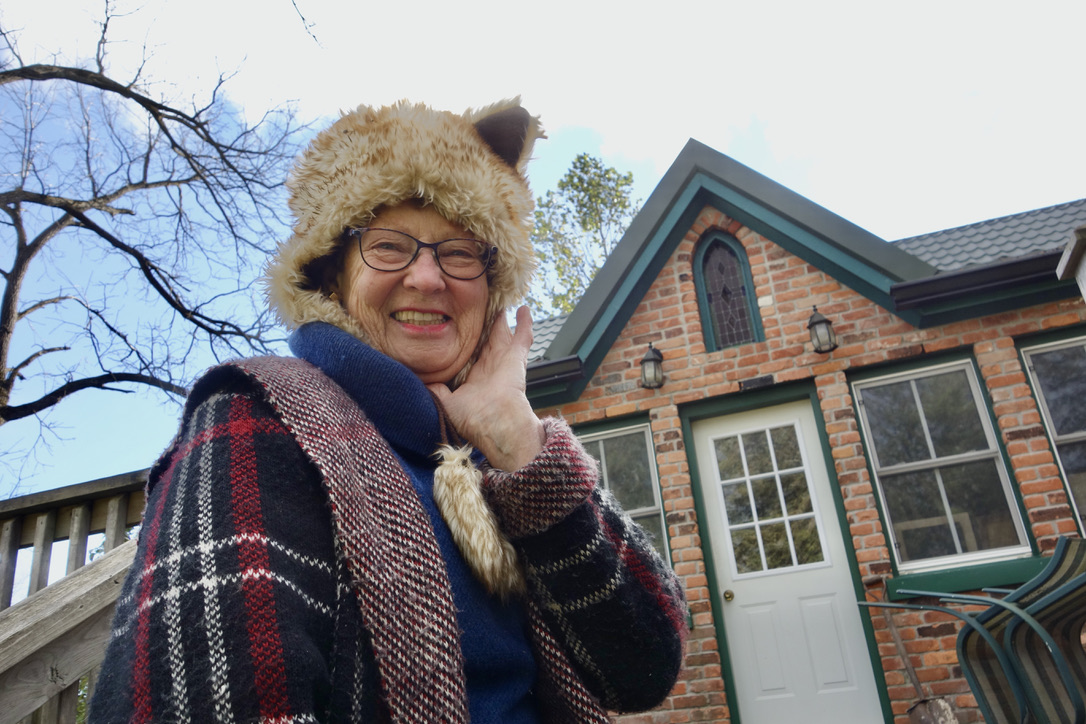
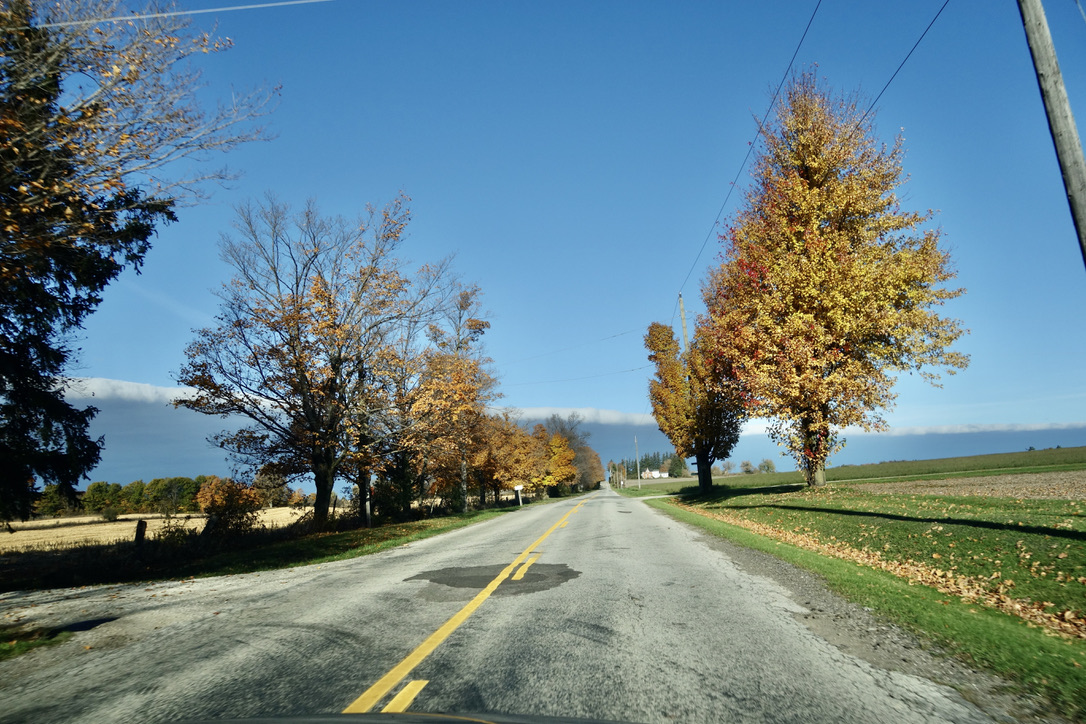
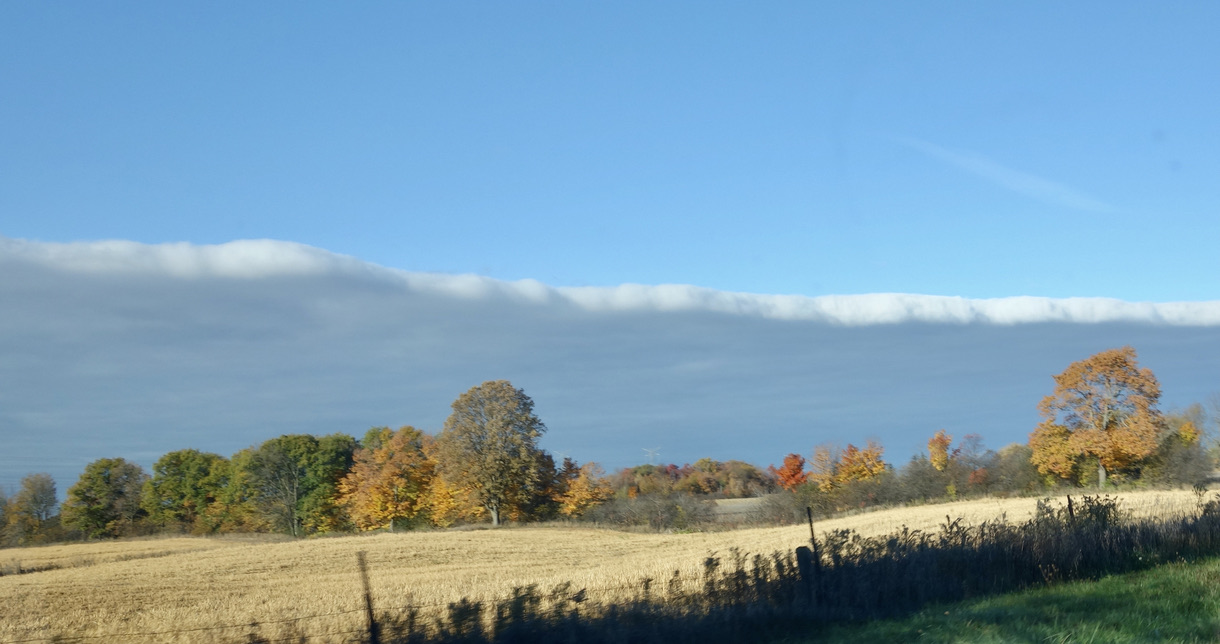

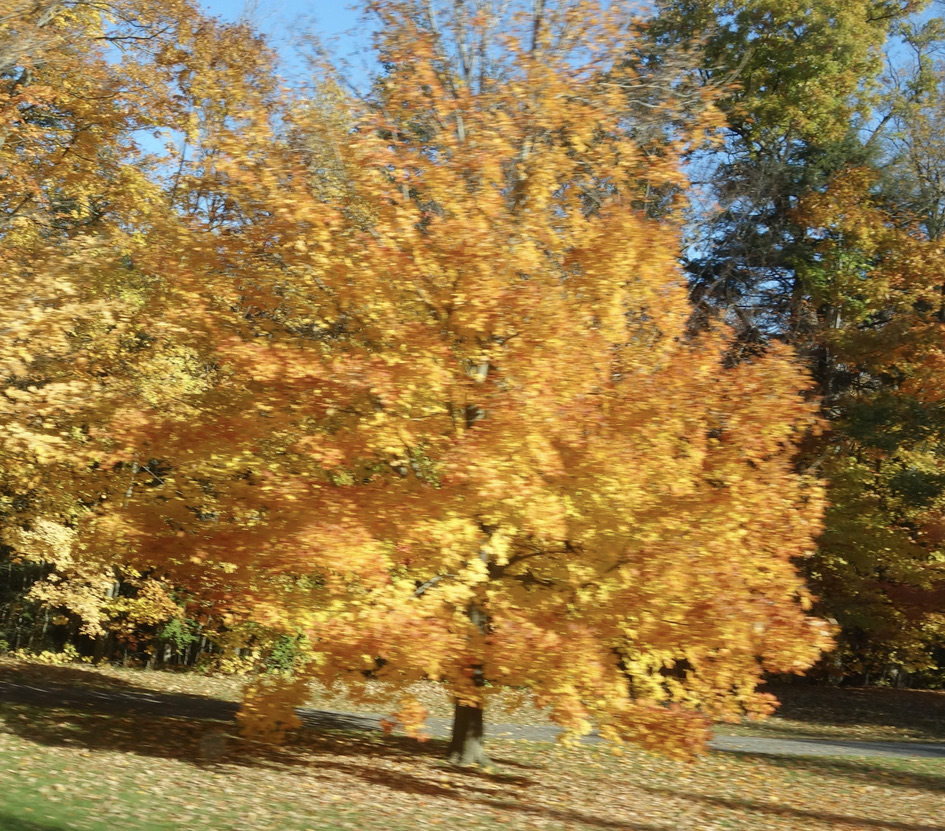
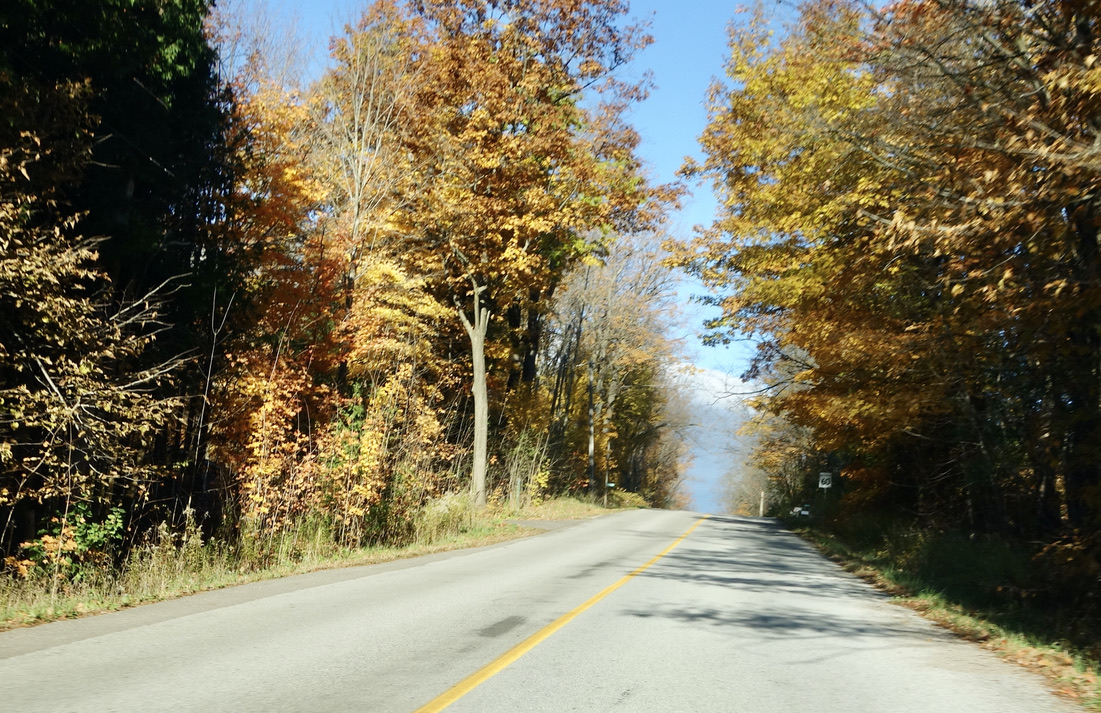
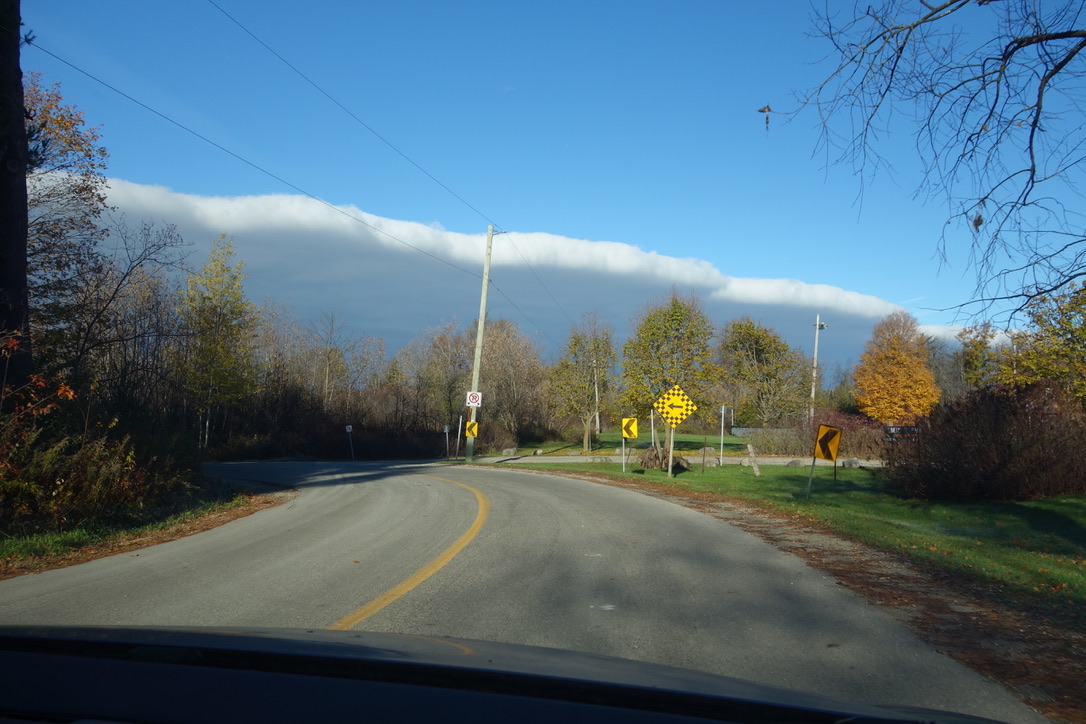
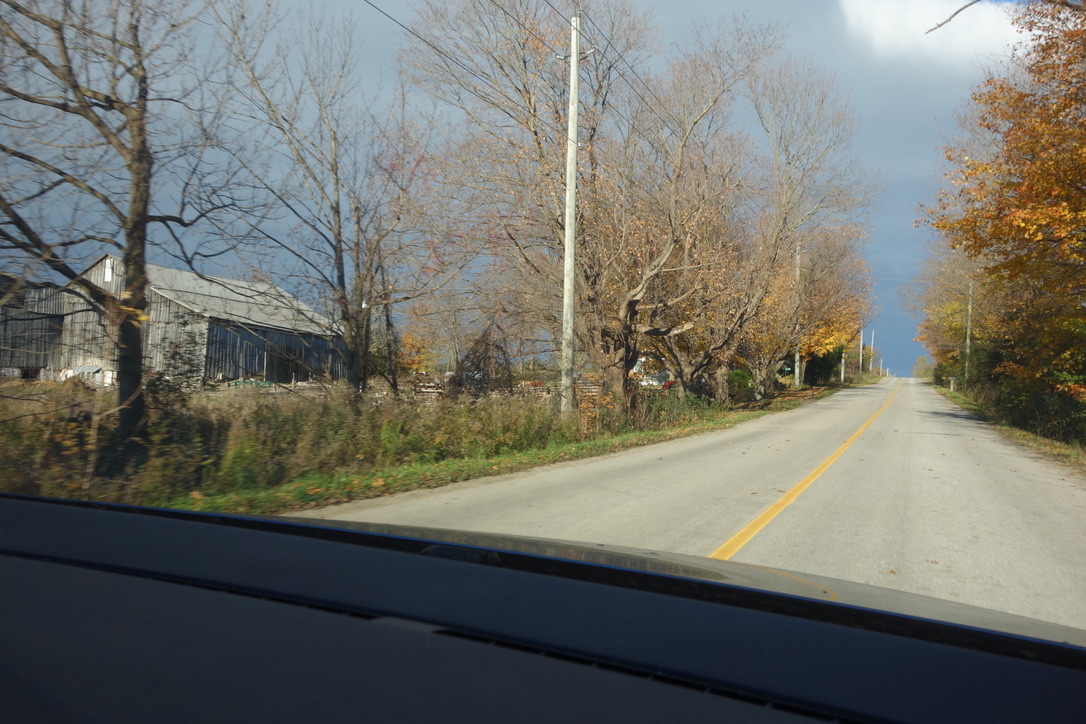

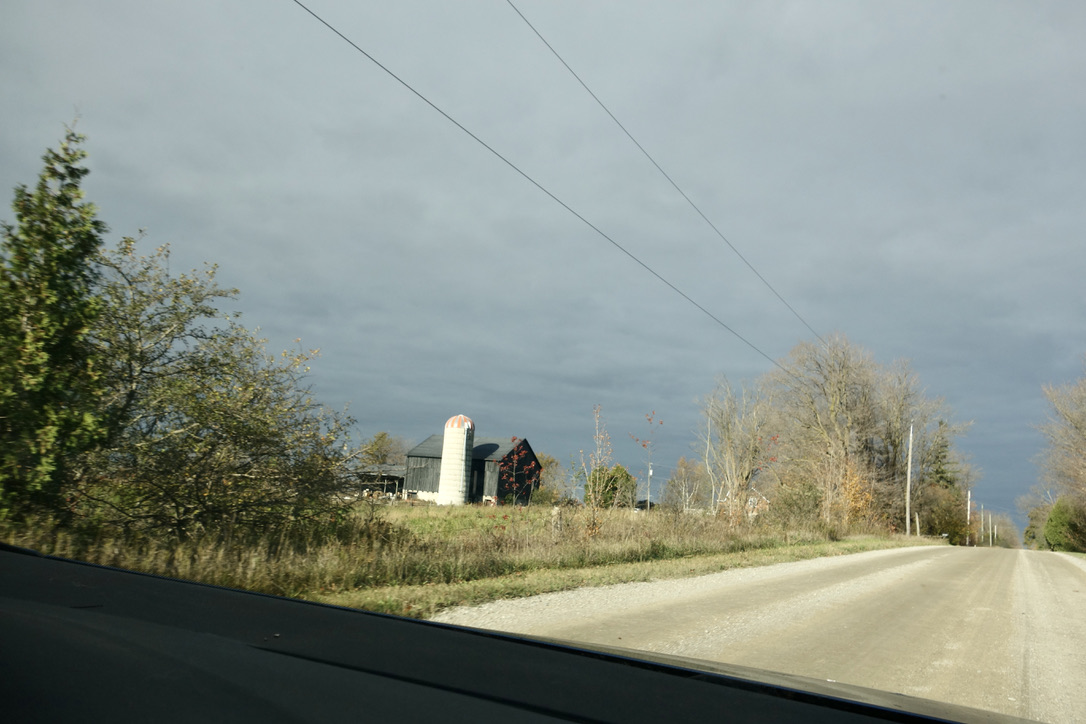
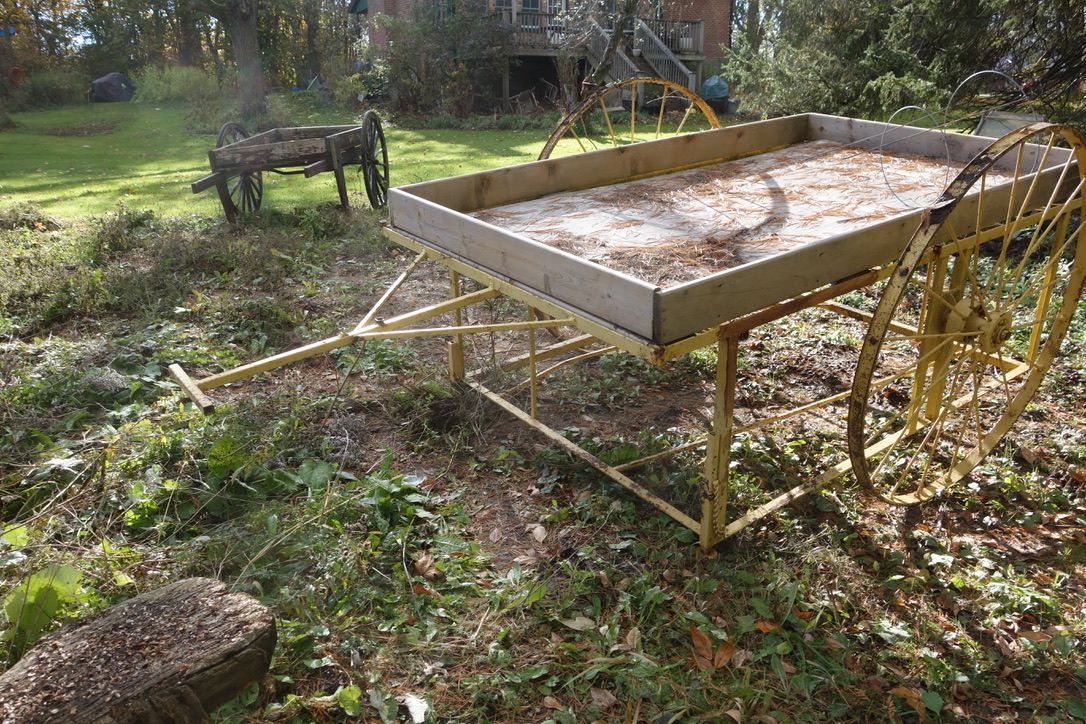
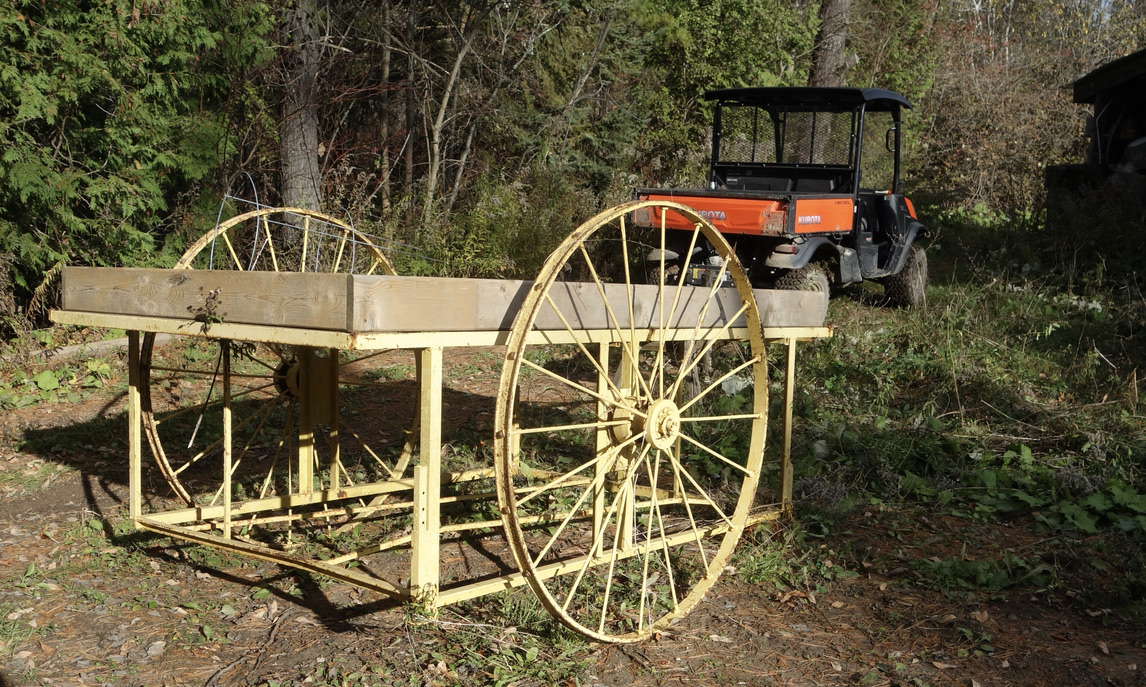


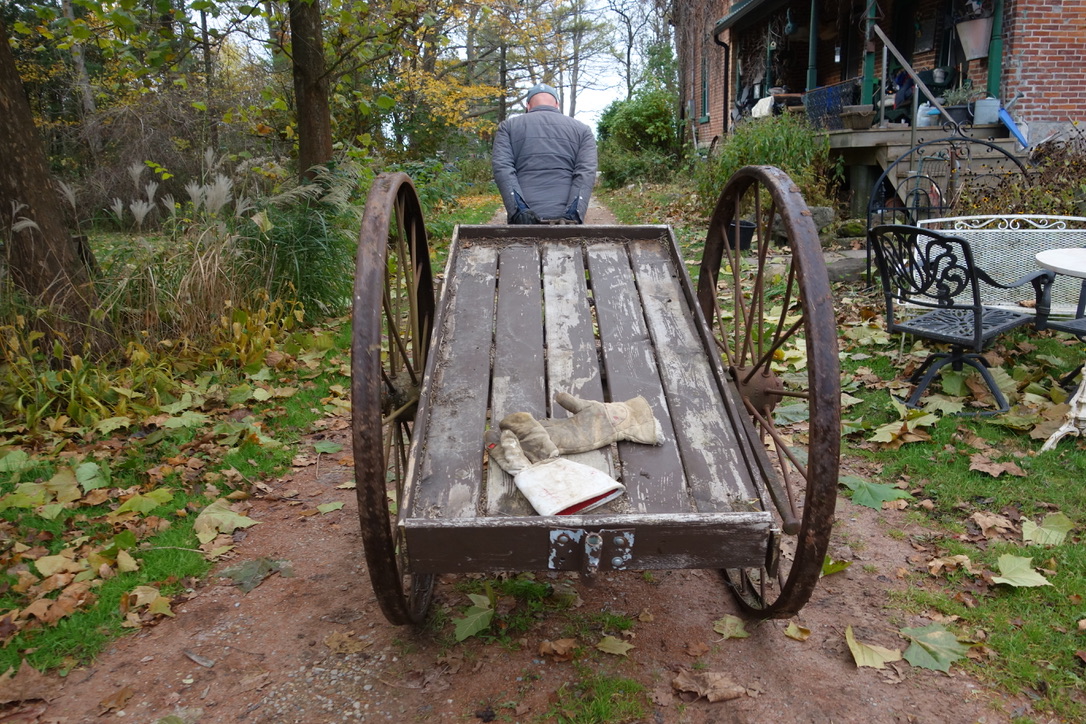

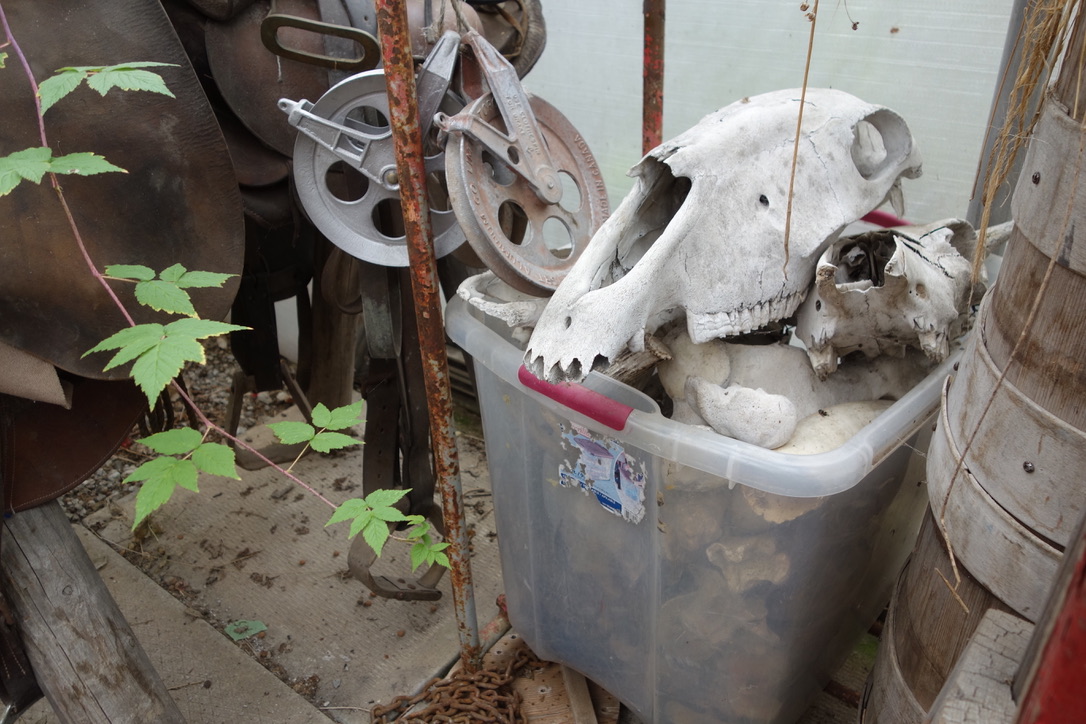
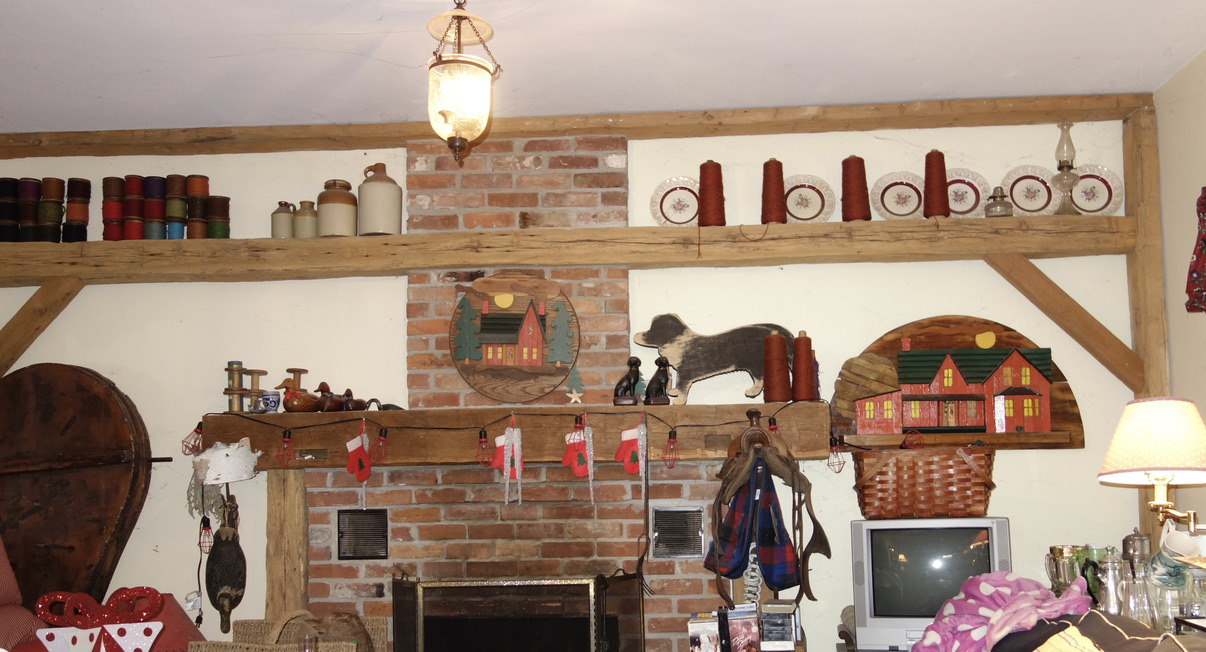
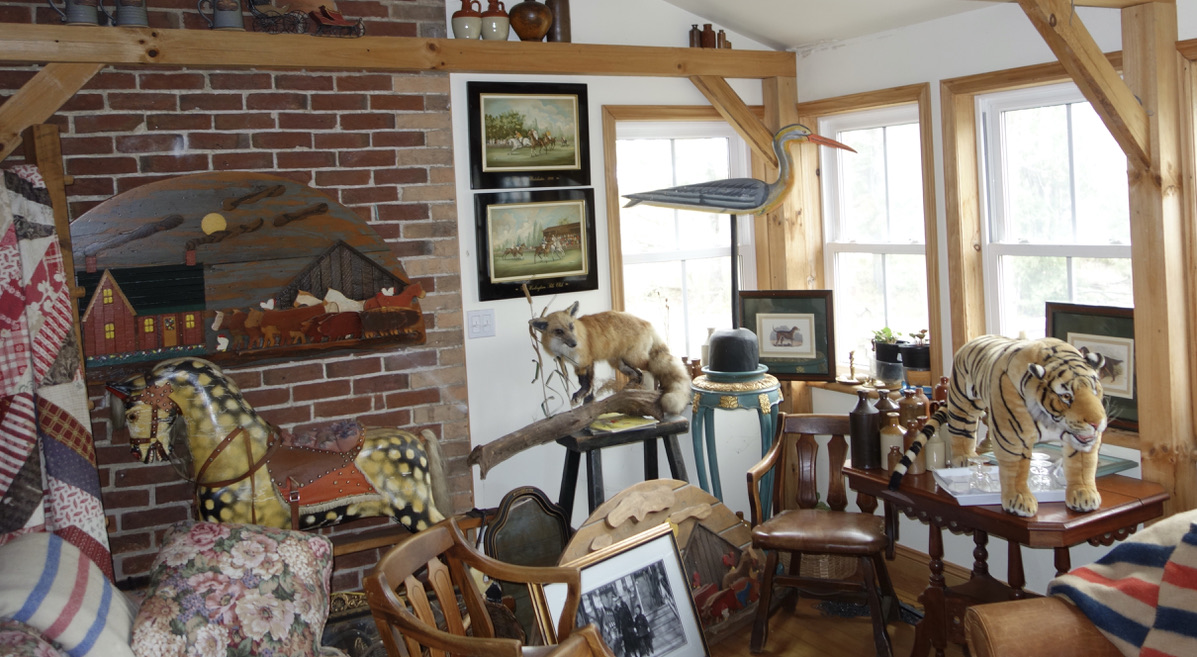
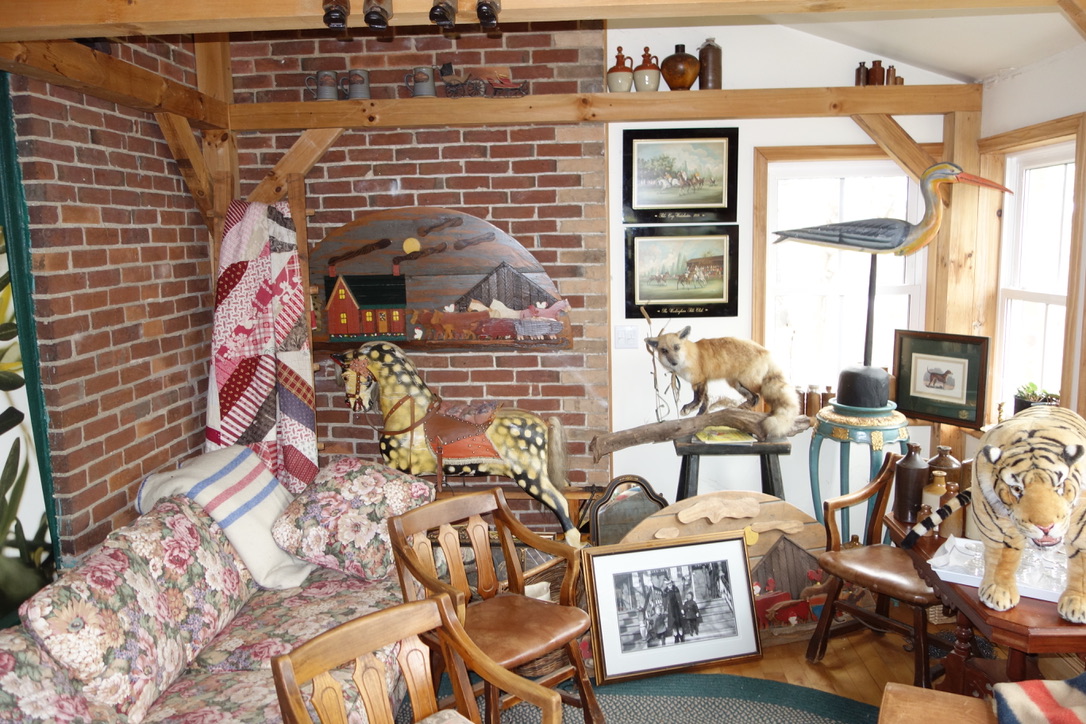





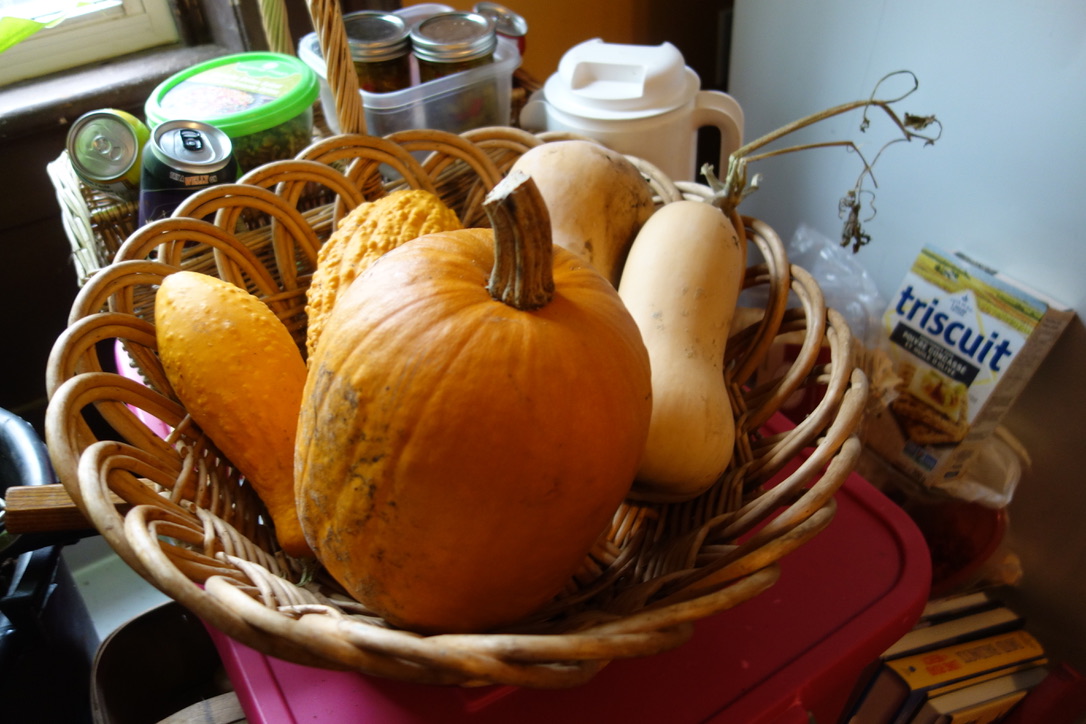
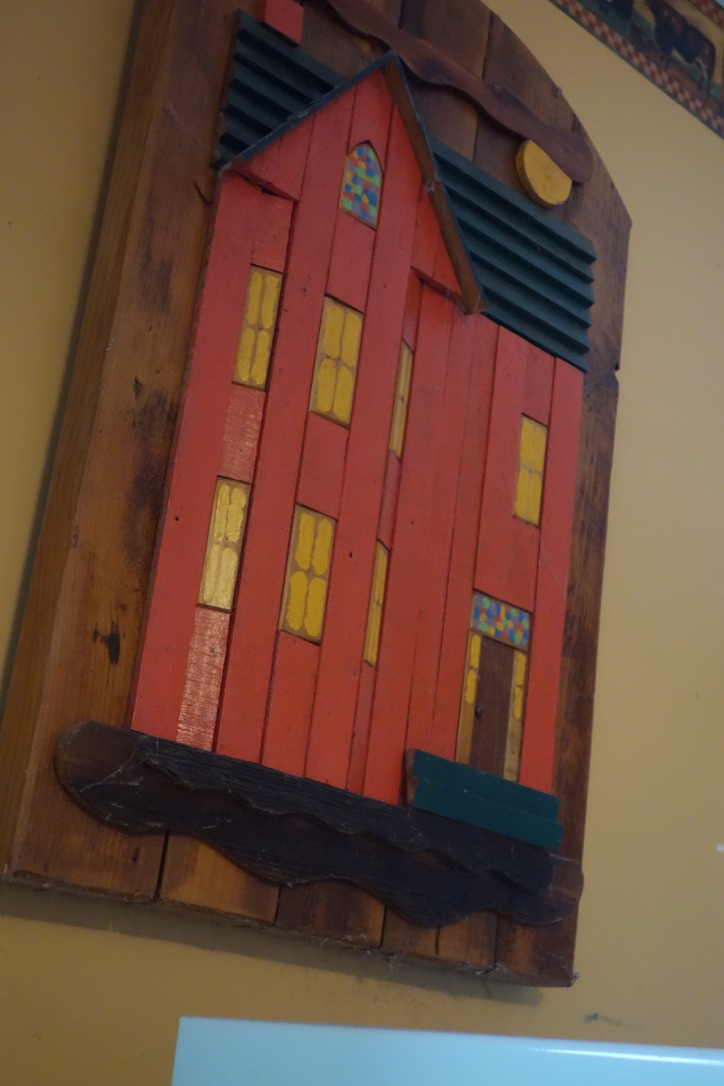
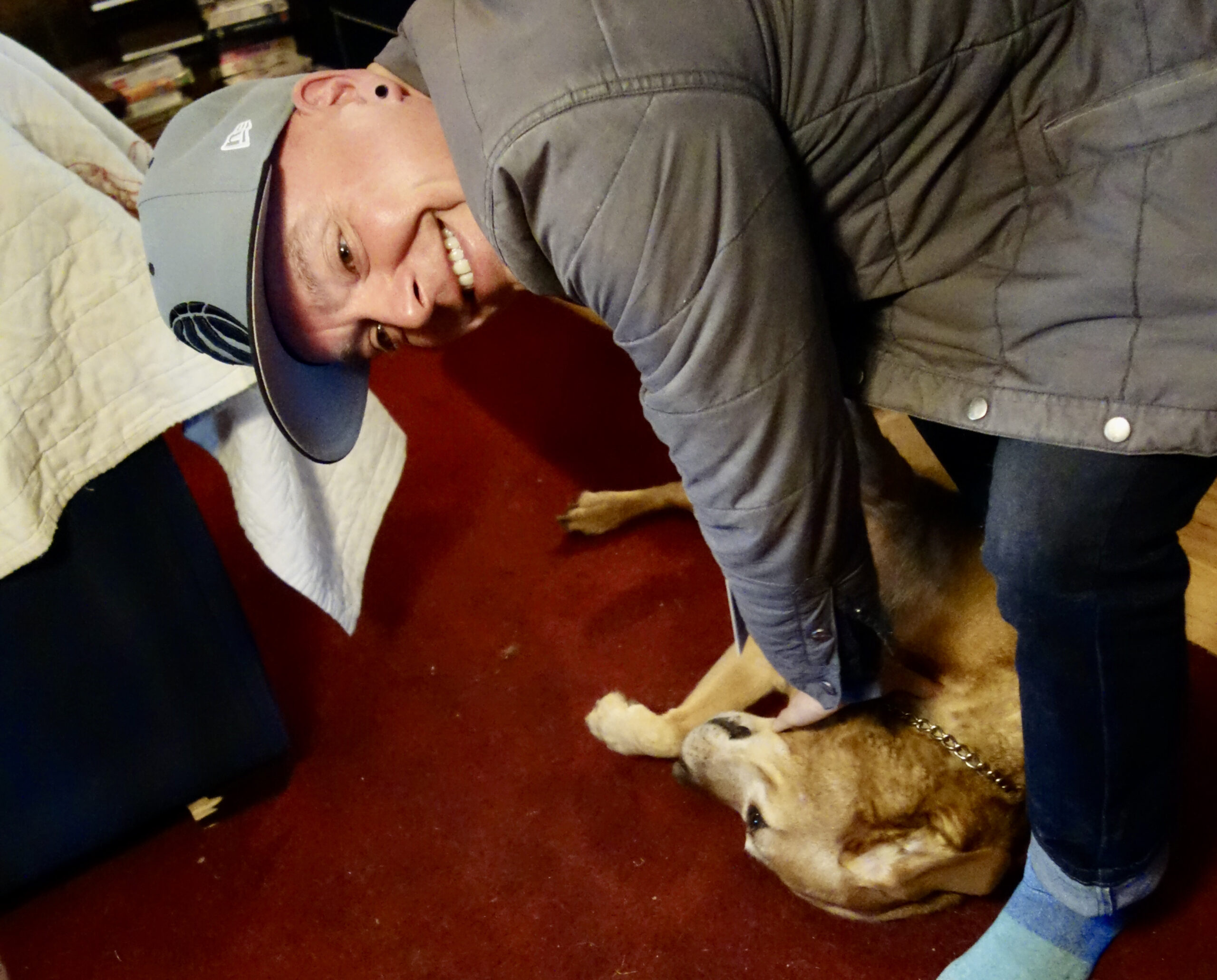
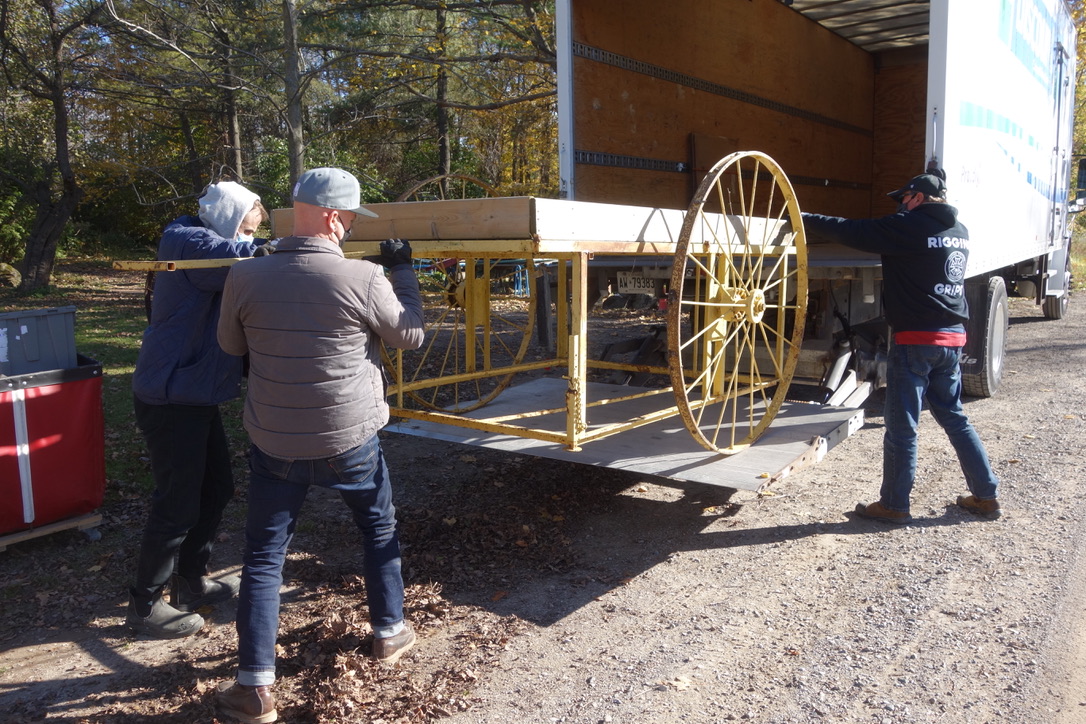
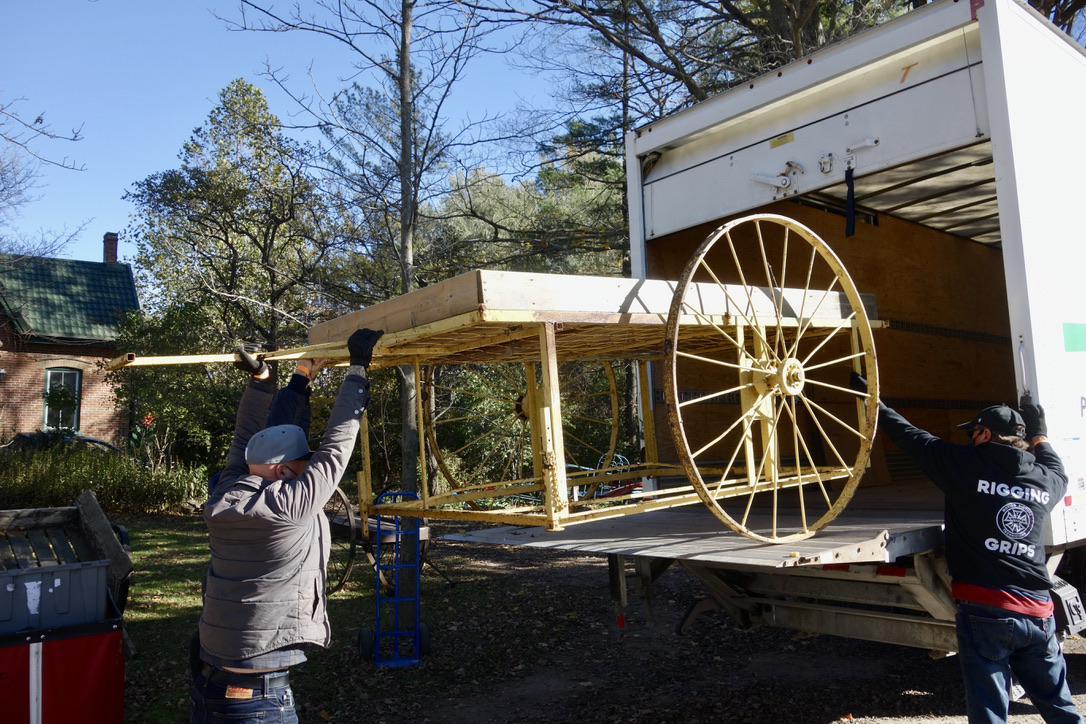
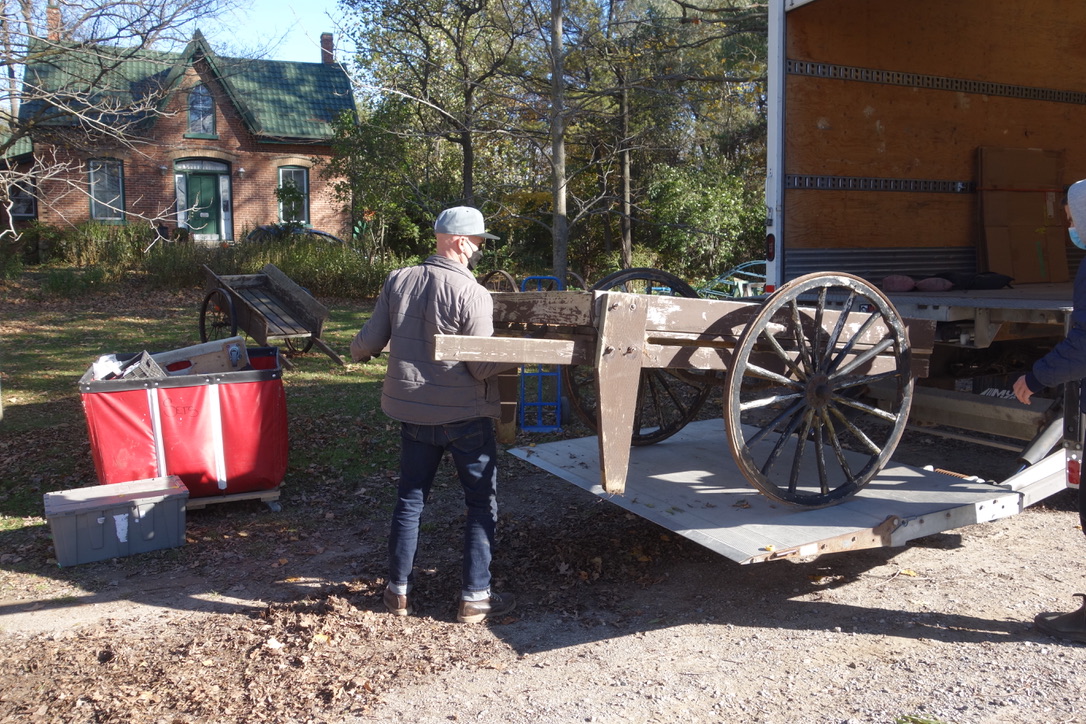

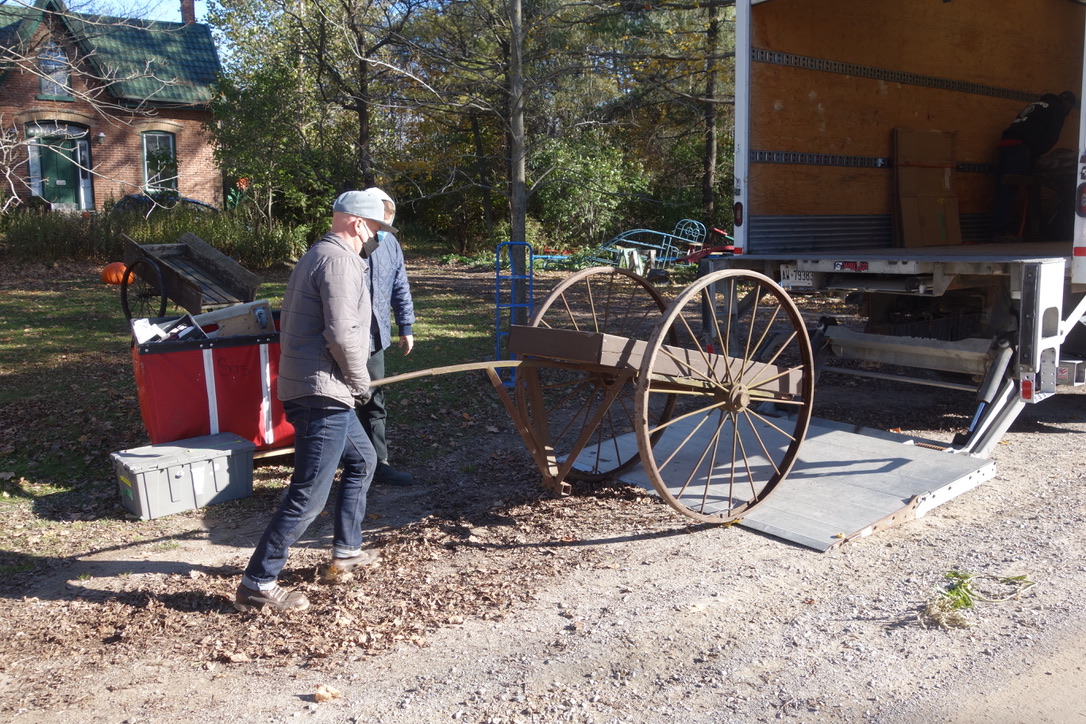
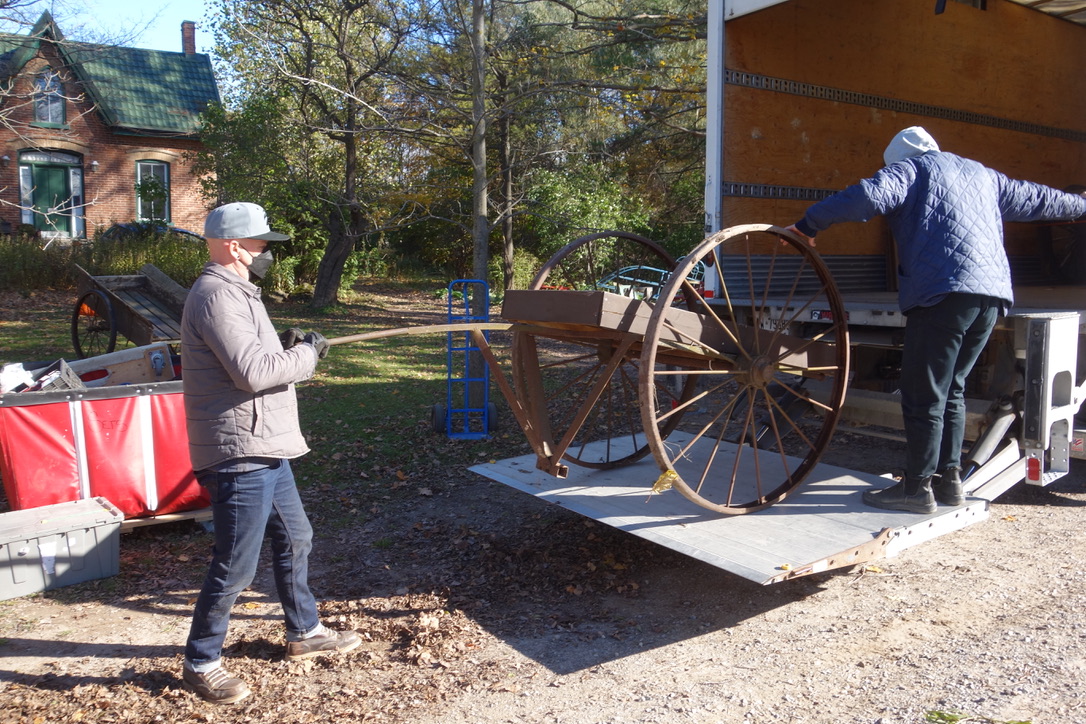

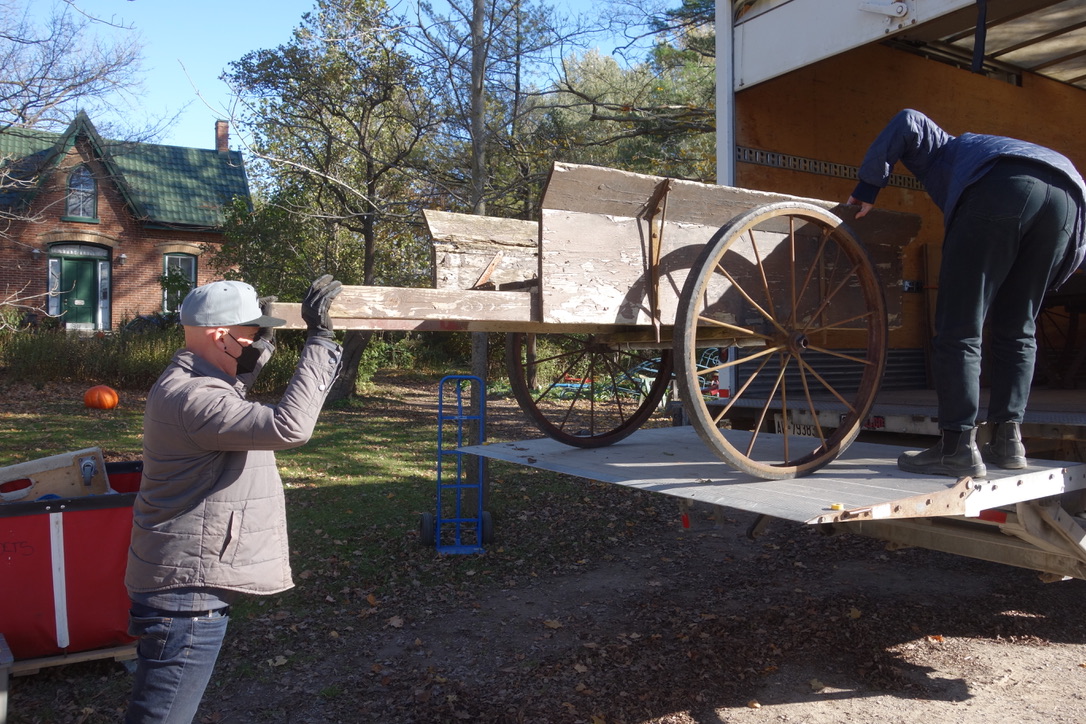
alan skeoch
Nove. 5, 2021


“There is ice in the bucket, Alan.”
“So what.”
“Alan, this could be a bad day.”
“Why?”
“Sky is threatening…look at the cloud bank sweeping in like a tidal wave.”
“Seems a little dramatic.”
“How are WE ever going to get 4 Hawker’s carts from the barn to the road all by ourselves.”
“Tough job but ….”
“You need help.”
And then J.R. Grassby arrived…and the day turned out to be glorious.
(WHO IS J.R. GRASSBY? ANSWER COMING BUT FIRST LOOK AT THE CLOUD…SINISTER)


“Sinister looking, Marjorie…like the end of the world was coming.”





WHO IS J.R. GRASSBY? …THE ANSWER IS COMING.”
“Alan, just how are you going to get those carts to the road for the movie. By the way what is
the name of the move?”
“Movie making is a secretive business Marjorie…they never tell me much.”


WHO IS J. R. GRASSBY?
“J.R. What are you doing here? Your truck and loaders won’t get here until noon?”
“I came to give you a hand…I know you and Marjorie would have to get the carts to
the road alone. …Thought you could use another pair of hands.”
“Great… And so we began moving the Hawker’s carts from the field and barn to
the road. Actually J.R. did most of the work while I took pictures and Marjorie got
tea and croissants ready.
J. R. GRASSBY IS A SET DRESSER…A SET BUYER…A SET DESIGNER. VERY CREATIVE PERSON WITH
IMAGINATION. J.R. ALONG WITH A HOST
OF PEOPLE HAVE TO MAKE A MOVIE BELIEVABLE. THEY BUILD WHATEVER IS NECESSARY.
IN THIS CASE THEY NEED THINGS THAT ARE FRIGHTENING…NO, I CANNOT TELL YOU THE FILM
TITLE. I DO NOT KNOW IT MYSELF. (we are at the rock bottom of the film industry)




SO J.R. HELPED GET THE CARTS TO THE ROAD.
“Did you say helped Alan?”
“Yes.”
“What did you do?”
“I pushed a bit…and took pictures…”
“As usual.”
“Someone has to document this secretive business.”
“Do you think anyone ever reads your episodes?
“I hope so…this is Episode 471. Means we have done 471 stories since the Pandemic began.”
“Why do it…why do the stories?””
“I have no answer that makes sense…except taking pictures is an excuse from pushing this cart.”
“I see your gloves are going for a ride.”
“Very perceptive…


“What kind of movie is it?””
“Horror movie…most things happen at night in a nearly dark decrepit market…that’s where the
carts come in…they will be “dressed” to look sinister.” said J. R.

“You want a sinister look, how about a few skulls?”
“Possibly…but I like all those hanging plants best…dried, dead and hanging.”
“Anything else?”
“We’ll send a truck next week for a load….15 sacks with fake filling, maybe a barrel or two…lots of stuff. I already have around ten coffins.”
“Coffins?”
“Not a joyful movie, Alan…Dark, dark, dark”


“Nothing very dark in the house…unless a stuffed porcupine or spotted hobby horse makes the grade.”


“How about the boys up there on the beam?
“Sorry.”




“Sorry, J.R. but ur Elephant Ear is not going with you. It took us an hour or two to get it in here before
the frost hit. It will spend the winter at the window.”


“Too bad Woody, the dog, is such a friendly animal…we need a dog who snarls and shows his teeth.”

“The truck arrived…and the carts were loaded in about 20 minutes and then the whole
entourage was gone.








